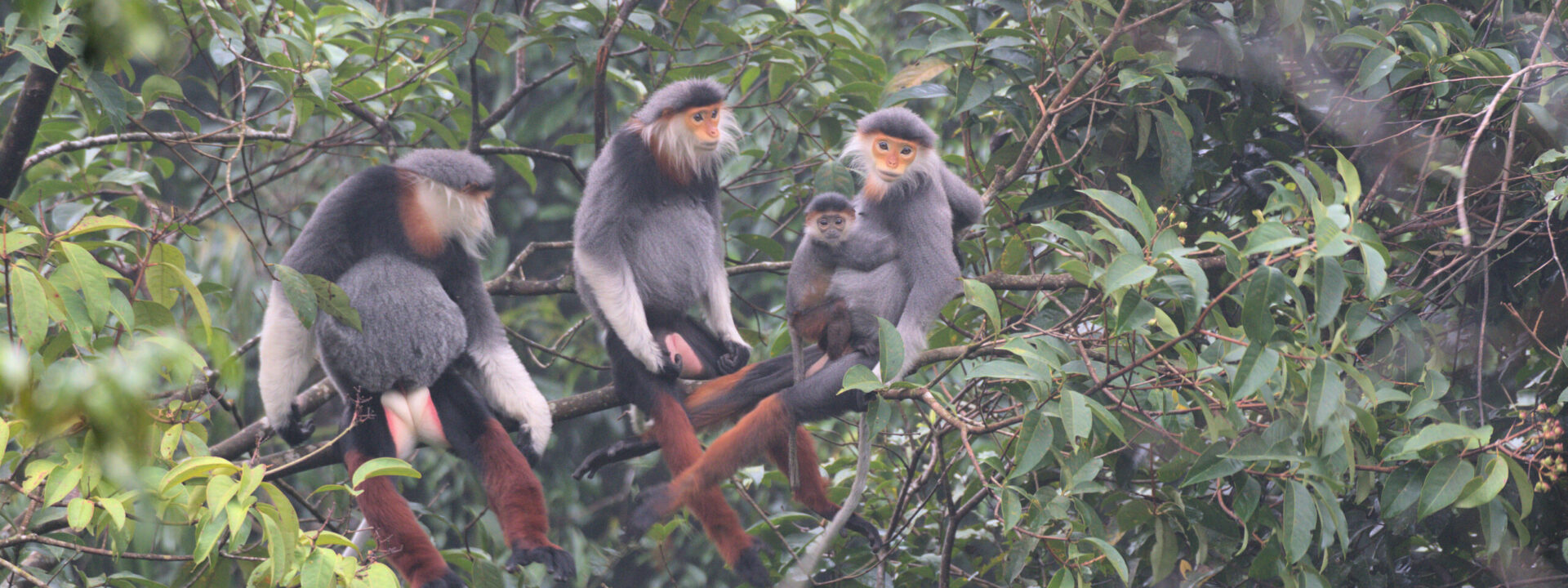Vietnam
Speciality mammals and birds
A 17-day trip to one of the least known countries in SE Asia in search of critically endangered mammals and endemic birds
Although probably best known for the war which cost the lives of 60,000 members of the US military and more than a million of the local populace, Vietnam has been peaceful for over 40 years and offers the visitor some fantastic opportunities to see some highly localised mammals and birds.
Our new tour primarily focuses on Vietnam’s primates, many of which are classified as critically endangered, and those we hope to see include Delacour’s Langur, Red-shanked Douc Langur, Black-shanked Douc Langur, Grey-shanked Douc Langur, Indochinese Silvered Langur, Hatinh Langur, Indochinese Black Langur, Buff-cheeked Gibbon and Southern White-cheeked Gibbon.
By visiting many of Vietnam’s stunning national parks, we hope to find all these species, as well as a great range of other mammals which could include Assamese Macaque, Stump-tailed Macaque, Northern Pig-tailed Macaque, Pygmy Slow Loris, Owston’s Civet, Leopard Cat, Yellow-throated Marten, Lesser Mousedeer, Sambar, Gaur, Maritime Striped Squirrel, Cambodian Striped Squirrel, Pallas’s Squirrel and Asian Red-cheeked Squirrel.
Vietnam is also excellent for birds, and we expect to see a good selection of endemics and near endemics. On the Dalat Plateau, we will aim to find many of the species which are only known from this region including the stunning Collared Laughingthrush, as well as Dalat Shrike-Babbler, Vietnamese Greenfinch, Black-crowned Fulvetta and Orange-breasted Laughingthrush.
Other national parks will also allow us to look for a great range of other birds including Germain’s Peacock Pheasant, Green Peafowl, Siamese Fireback, Silver Pheasant, Great and Wreathed Hornbills, Black-and-red and Banded Broadbills, Red-headed and Orange-breasted Trogons, the near endemic Sooty Babbler and the rare and elusive Red-collared Woodpecker.
This new tour will be led by WildWings leader Nigel Goodgame and will be accompanied by one of Vietnam’s leading local wildlife guides.
Tour Highlights
- A 17-day mammal-focussed trip looking for many of the iconic specialities of Vietnam
- Search for five critically endangered primates: Delacour’s Langur, Red-shanked Douc Langur, Black-shanked Douc Langur, Grey-shanked Douc Langur and Southern White-cheeked Gibbon
- Other possibilities include Hatinh Langur, Indochinese Black Langur, Assamese Macaque, Pygmy Slow Loris, Owston’s Civet, Leopard Cat, Yellow-throated Marten and Cambodian Striped Squirrel
- Explore some of the most biologically diverse national parks in South-East Asia
- Highest number of endemic bird species in mainland South-East Asia
- Visit the Dalat Plateau, one of Asia’s top endemic birding hotspots
- Look for Germain’s Peacock-pheasant, Green Peafowl, Bar-bellied and Blue-rumped Pittas, Orange-breasted, Black-hooded, White-cheeked and Collared Laughingthrushes, Grey-crowned Crocias and Vietnamese Greenfinch
- Small group tour led by WildWings Leader Nigel Goodgame and expert local guides
Outline Itinerary
-
Depart UK for Ho Chi Minh, Vietnam
-
Arrive Ho Chi Minh and transfer to Cat Tien National Park
-
Cat Tien National Park
-
Cat Tien National Park to Dalat
-
Dalat Plateau
-
Dalat via Danang to Son Tra
-
Nui Thanh
-
Danang to Bach Ma National Park
-
Bach Ma National Park
-
Bach Ma National Park to Phong Nha-Ke Bang National Park
-
Phong Nha-Ke Bang National Park
-
Phong Nha-Ke Bang National Park to Van Long Nature Reserve
-
Van Long Nature Reserve. Transfer to Hanoi. Depart Vietnam
-
Arrive UK
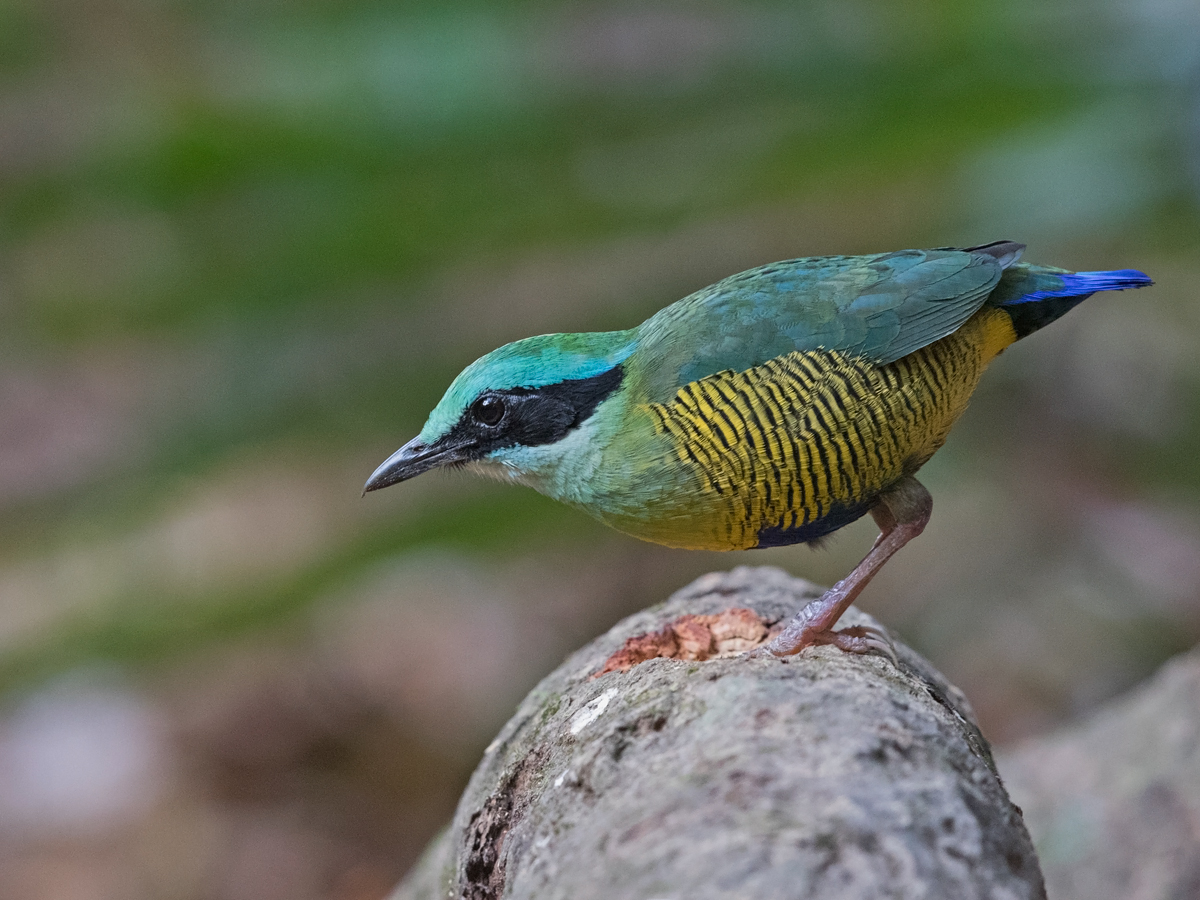
Bordering China, Laos and Cambodia, Vietnam is comparatively poorly known as a wildlife destination, however, the country is home to some spectacular species including five primates which are classified as critically endangered. On this new tour we hope to see all of these including what is widely considered the most handsome monkey in the world, the Red-shanked Douc Langur.
Our tour starts in Hi Chui Minh from where we travel to the Cat Tien National Park. This national park contains the largest remaining area of lowland tropical forest in southern Vietnam and is considered to have one of the highest rates of biodiversity in this part of Asia. Here we hope to find Black-shanked Douc Langur (critically endangered), Indochinese Silvered Langur (endangered) and Buff-cheeked Gibbon (endangered) with other possibilities including Pygmy Slow Loris, Leopard Cat, Yellow-throated Marten, Sambar and Gaur.
Over 350 species of birds have also been recorded within the park’s boundaries and potential highlights could include the near-endemic Germain’s Peacock Pheasant, as well Green Peafowl, Siamese Fireback and both Blue-rumped and Bar-bellied Pittas.
We will then move on to the Dalat Plateau which has been designated as an Endemic Bird Area by Birdlife International as there are multiple species which are only known from this area. Amongst these is the highly impressive Collared Laughingthrush but we also hope to find Dalat Shrike-Babbler, Vietnamese Greenfinch and Orange-breasted Laughingthrush, all of which are very range restricted.
Continuing northwards, our next destination will be the Son Tra Peninsula which is our first opportunity to find what is arguably the most attractive primate in the world, the stunning and critically endangered Red-shanked Douc Langur. Other possibilities here include Stump-tailed Macaque, Northern Pig-tailed Macaque, Asian Red-cheeked Squirrel, Pallas’s Squirrel, Cambodian Striped Squirrel and if we are extremely fortunate, the endangered Pygmy Slow Loris.
The next day, we will focus on another critically endangered primate, the Grey-shanked Douc Langur before heading north once again for the Bach Ma National Park where over 130 species of mammals have been recorded including three which were only discovered in the 1990s: Saola, Large-antlered Muntjac and Annamite Muntjac. Although we would be extremely fortunate to see any of these, we hope to find the critically endangered Southern White-cheeked Gibbon. Stump-tailed Macaque is another mammalian possibility and we will also enjoy the considerable variety of birds which can be found as over 330 species have been recorded in the park, including Silver Pheasant, Red-headed Trogon and Indochinese Green Magpie.
Our next national park will be Phong Nha-Ke Bang which is a World Heritage Site and considered one of the most impressive national parks in Vietnam where there is a striking forested limestone karst landscape. Here we will look for the endangered Hatinh Langur and Indochinese Black Langur, with further chances for Red-shanked Douc Langur and after dark both Pygmy Slow Loris and Owston’s Civet are possible.
The tour then concludes at the Van Long Reserve where the dramatic limestone cliffs are home to the largest population of the critically endangered Delacour’s Langur, another handsome and critically endangered primate which is one of the rarest animals in the world with a population thought to number only about 250 individuals.
Led by WildWings leader Nigel Goodgame and accompanied by one of Vietnam’s leading local wildlife guides, this trip is an opportunity to see some of the rarest species on our planet.
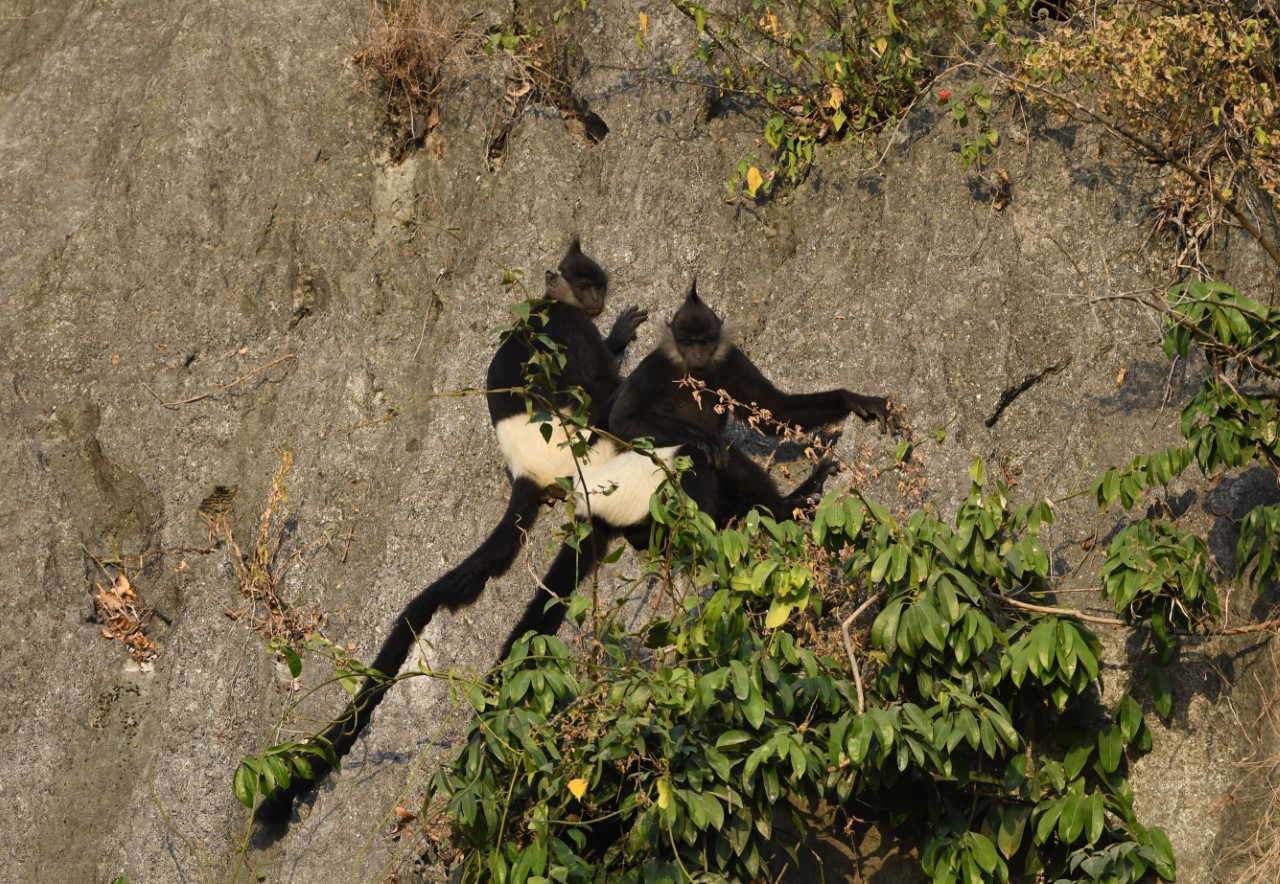
Day 1
Depart UK for Ho Chi Minh City
We will take a scheduled flight from UK to Ho Chi Minh City arriving the following morning.
Day 2
Arrive Ho Chi Minh City and transfer to Cat Tien National Park
We plan to arrive at Ho Chi Minh City’s Tan Son Nhat International Airport in the morning and will then drive to Cat Tien National Park which is approximately 150 km to the north.
We should arrive during the afternoon and will then begin our exploration of this incredible national park which contains the largest remaining area of lowland tropical forest in southern Vietnam and is considered to have one of the highest rates of biodiversity in this part of Asia.
There are an incredible diversity of mammals and birds which can be found here including three of Vietnam’s rare primates, Black-shanked Douc Langur (critically endangered), Indochinese Silvered Langur (endangered) and Buff-cheeked Gibbon (endangered). Night Cat Tien National Park
Days 3-4
Cat Tien National Park
We have two full days to explore the forests of Cat Tien National Park and as well as aiming to find all three monkey species, there are plenty of other mammals to look for with the possibilities including Leopard Cat, Yellow-throated Marten, Lesser Mousedeer, Sambar and Gaur. We also intend to do some exploring after dark as this is the best time to try and locate the appropriately named Pygmy Slow Loris.
There are excellent trails starting right at the park headquarters, but we are also likely to use the park’s jeeps on some occasions to allow us to visit areas which are further afield.
As well as the mammals, there are a great range of birds to look for (over 350 species have been recorded) and potential highlights could include the near-endemic Germain’s Peacock Pheasant. The park is also considered amongst the best places to see both Blue-rumped and Bar-bellied Pittas and, on occasions, both species visit feeding stations and if any are doing this during our visit, we will certainly aim to make the most of the opportunity.
Other possibilities include Green Peafowl, Siamese Fireback, Green-legged Partridge, Dusky, Black-and-red and Banded Broadbills, Orange-breasted Trogon, as well as Great, Oriental Pied and Wreathed Hornbills. The forests are also superb for woodpeckers and the species we could see include White-bellied, Great Slaty, Pale-headed, Black-and-buff and Heart-spotted. Two further nights Cat Tien National Park
Day 5
Cat Tien National Park to Dalat
We will have a final early morning exploring at Cat Tien National Park where we will prioritise looking for any species we may have missed before heading north-east to the cooler climes of Dalat where we plan to arrive in the early afternoon.
Designated as an Endemic Bird Area by Birdlife International, the Dalat Plateau is home to several of Vietnam’s endemic birds, as well as many distinctive local subspecies and our priority for the next couple of days will be more focussed on birds than mammals.
The plateau has areas of forest and several mountains, the highest of which reaches over 2,400 metres and we have allowed two full days to maximise on our chances of finding many of the specialities of the region. Night Dalat
Days 6-7
Dalat Plateau
With two full days to explore, we plan to visit a number of sites including Mount Lang Bian, a 2,169 m high peak which is approximately 20 minutes from Dalat, as well as the shores of Ho Tuyen Lam, a man-made lake just outside the town.
Our priority will be Vietnamese endemics and especially those which are largely restricted to the plateau and those we hope to find include Dalat Shrike-Babbler, Vietnamese Greenfinch, Black-crowned Fulvetta, Orange-breasted and Collared Laughingthrushes and Grey-crowned Crocias. We will also aim to see the very distinctive races of several birds which are found on the plateau including Black-throated and Gould’s Sunbirds and Red Crossbill.
There are also a number of near endemics to track down and those we could see include Grey-crowned Tit, Black-headed Parrotbill, White-cheeked and Black-hooded Laughingthrushes and Vietnamese Cutia.
Both Blue and Rusty-naped Pittas can be found in the forests, and we will hope to find these, as well as Indochinese Cuckooshrike, Slender-billed Oriole, Manipur Treecreeper and Yellow-billed Nuthatch.
The plateau is also noteable for the variety of squirrel species which can be found with possibilities such as Maritime Striped Squirrel, Pallas’s Squirrel, Asian Red-cheeked Squirrel, Black Giant Squirrel and a couple of species of flying squirrels although we would be fortunate to find these. Two further nights Dalat
Day 8
Dalat via Danang to Son Tra
We will depart Dalat after breakfast and take a morning flight to Danang which is on the coast of Central Vietnam. It is then only a short drive to the Son Tra Peninsula which although only a matter of miles from the city is covered in largely undisturbed forest and this is our first opportunity to find what is arguably the most attractive primate in the world, the stunning Red-shanked Douc Langur. Unfortunately, this beautiful monkey is now regarded as critically endangered by the IUCN and has declined markedly in recent decades, however, the peninsula is an important stronghold for the species.
Whilst our priority will be finding the langur, there are also a number of other mammals to look for and these include Rhesus Monkey, Stump-tailed Macaque, Northern Pig-tailed Macaque, Asian Red-cheeked Squirrel, Pallas’s Squirrel, Cambodian Striped Squirrel and if we are extremely fortunate, the endangered Pygmy Slow Loris.
An impressive selection of forest birds can also be found here and those we could see include Orange-breasted Green-Pigeon, Mountain Imperial-Pigeon, Indochinese Barbet, Blue-rumped Pitta, Laced Woodpecker, Yellow-cheeked Tit, Grey-cheeked Warbler, Masked Laughingthrush and Fork-tailed Sunbird. Night Danang
Day 9
Danang to Nui Thanh
We plan to travel down for the coast for a couple of hours to visit Nui Thanh, which is home to another critically endangered Vietnamese primate, the Grey-shanked Douc Langur. This species is thought to number less than 700 individuals in the world and finding this will be our priority for the day. Further night Danang
Day 10
Danang to Bach Ma National Park
We will leave Danang after breakfast and head north to Bach Ma National Park. During the French colonial era, the forested hills which dominate the area were popular for their cooler climate, however, it is now an important reserve as it links the Annamite Mountains to Vietnam’s coastal plain and is the only place where there is forest extending from the coast to the Laos border.
With steep and rugged topography and mountain peaks that reach almost 1,500m, over 130 species of mammals have been recorded in the national park including three which were only discovered in the 1990s: the critically endangered Saola, Large-antlered Muntjac and Annamite Muntjac.
Whilst we would be extremely fortunate to encounter any of these, we do hope to find some of the special primates of the park, with this being our second opportunity to look for the critically endangered Red-shanked Douc Langur.
We hope to explore after dark for nocturnal mammals with the possibility including Owston’s Civet and Pygmy Slow Loris. There are also a number of owls, nightjars and related species which can be found here with Mountain Scops Owl, Brown Fish Owl, Spot-bellied Eagle Owl and Hodgson’s Frogmouth amongst the possibilities. Night Bach Ma National Park
Day 11
Bach Ma National Park
We have the whole day to continue our exploration of Bach Ma National Park and one of our goals will be to locate another critically endangered primate, the Southern White-cheeked Gibbon. These tend to only call in the morning, so we will be up early to listen for them and then hopefully locate a troupe.
Another species we could see is the Stump-tailed Macaque, however, we will also want to enjoy the considerable variety of birds which can be found in the park as over 330 species have been recorded here. Amongst the more colourful species we could locate are Silver Pheasant, Red-headed Trogon, Indochinese Green Magpie and a variety of brightly plumaged flycatchers. Second night Bach Ma National Park
Day 12
Bach Ma National Park to Phong Nha-Ke Bang National Park
We will have a final morning at Bach Ma National Park and if we did not locate any Southern White-cheeked Gibbon the previous day, we will make another attempt to locate this species before departing north for the Phong Nha-Ke Bang National Park.
We may make a few short stops along the way to look for birds, but it is a relatively long drive, and we are only likely to arrive in the late afternoon. There may be enough time to begin our exploration of this very different area with the possibility of going out after dark to look for Pygmy Slow Loris, Owston’s Civet and any other nocturnal wildlife we may encounter. Overnight Phong Nha-Ke Bang National Park
Days 13-14
Phong Nha-Ke Bang National Park
We have two full days to explore Phong Nha-Ke Bang National Park which is a World Heritage Site and considered one of the most impressive national parks in Vietnam. The park is dominated by a striking limestone karst landscape which remains 90% forested and includes one of the world’s largest caves.
Nine species of primates have been recorded within the boundaries of the park and this is another site for Red-shanked Douc Langur. Hopefully, however, we will have already seen this critically endangered species and our priority will be finding another range-restricted and endangered primate, the Hatinh Langur.
We will also want to see Indochinese Black Langur which is variously regarded as a full species or a melanistic form of the Hatinh Langur. Other primate species which can be found here include Stump-tailed Macaque, Assamese Macaque, Rhesus Macaque and Pig-tailed Macaque.
Over 300 species of birds have also been recorded including the critically endangered Vietnamese Crested Argus, although we would be extremely lucky to encounter this. There are, however, a number of localised or poorly known species which are possible and those we could find include Indochinese Wren-babbler (also known as Short-tailed Scimitar Babbler), Sooty Babbler (near endemic) and Grey-faced Tit-Babbler, as well as the rare and elusive Red-collared Woodpecker. Second night Phong Nha-Ke Bang National Park
Day 15
Phong Nha-Ke Bang National Park to Van Long Nature Reserve
We will depart Phong Nha after breakfast for the drive north to Van Long Nature Reserve. There may be time for some late afternoon exploration. Night Van Long
Day 16
Van Long Nature Reserve to Hanoi and depart Vietnam.
In the morning, we will take a boat trip to view the dramatic limestone cliffs that are home to the largest population of the critically endangered Delacour’s Langur. Sadly, this handsome primate is one of the rarest animals in the world with a population thought to number only about 250 individuals.
The species is restricted to limestone karst forest and only occurs in a very restricted part of north-central Vietnam, however, there is an excellent chance of seeing it at Van Long despite the extremely small population.
The wetlands here can also hold a wide variety of waterbirds and if time allows, we will explore further before making our way to Hanoi for our flight back to the UK.
Day 17
Arrive UK
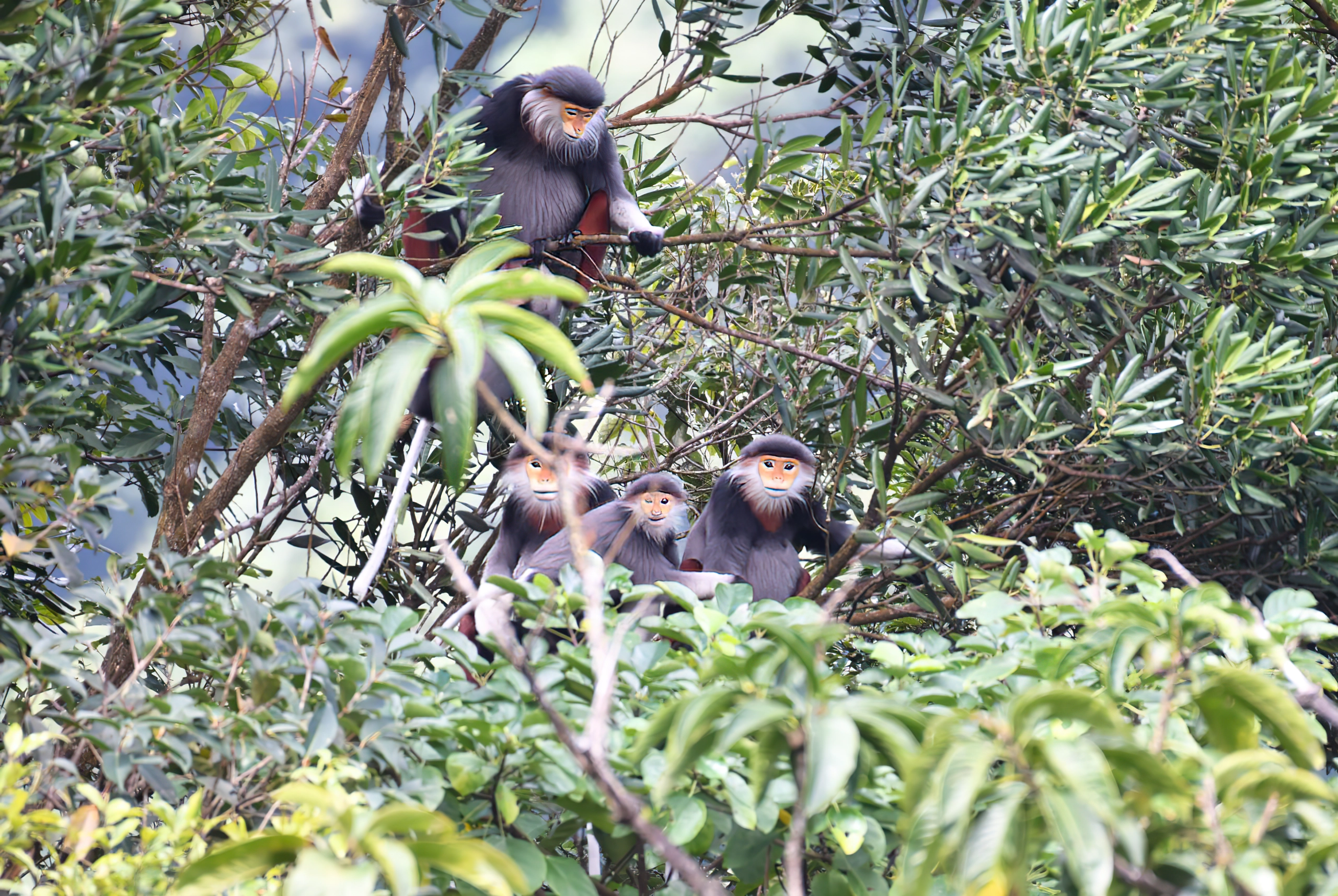
WHAT TO EXPECT
This 17-day tour focusses on some of the key mammals of Vietnam, in particular, many of the very rare primates including Delacour’s Langur, Black-shanked Douc Langur, Grey-shanked Douc Langur, Silvered Langur, Hatinh Langur, Indochinese Black Langur, Buff-cheeked Gibbon and Southern White-cheeked Gibbon, many of which are considered critically endangered.
We will also look for a variety of other species including Rhesus Monkey, Assamese Macaque, Stump-tailed Macaque, Northern Pig-tailed Macaque, Pygmy Slow Loris, Leopard Cat, Yellow-throated Marten, Lesser Mousedeer, Sambar, Gaur, Maritime Striped Squirrel, Cambodian Striped Squirrel, Pallas’s Squirrel, Asian Red-cheeked Squirrel and Black Giant Squirrel.
We also anticipate finding at least 250 species of birds including a good selection of the speciality species of the region including a number of endemics and near endemics. With two days on the Dalat Plateau, we hope to find a number of the birds which are more or less unique to there including Dalat Shrike-Babbler, Vietnamese Greenfinch, Black-crowned Fulvetta, Orange-breasted and Collared Laughingthrushes and Grey-crowned Crocias.
There should also be opportunities to look for several species of pittas with the possibilities including Blue-rumped, Bar-bellied, Blue and Rusty-naped.
It must be remembered, however, that this is first and foremost a mammal tour and that we will not be spending a lot of time trying to track down ‘little brown jobs’, although we will try to accommodate the wishes of keen birders as far as possible.
The daily routine will vary according to what we are looking for, however, the key times are dawn and dusk, and we will also be spending some nights spotlighting after dark. Consequently, we will, when we are able to do so, spend the middle of the day (ie when there is little wildlife activity) enjoying an afternoon siesta, although there will often be birds around the feeders where we stay.
There is no obligation on any tour participant to take part in every excursion, but we would strongly recommend that you do so. It is better to catch up on your sleep in the back of the vehicle where we can wake you if we see something good, than in the hotel room, where you might miss something.
ACCOMMODATION AND MEALS
We aim to stay in comfortable hotels or lodges close to the sites we plan to visit.
When we are in the field, lunches will sometimes be picnics, whilst on other days, we may return to our accommodation or visit a convenient restaurant.
Dinners will vary and at some accommodation, there will be a set menu with only limited choices (although we will pass any dietary requirements on in advance) whilst others may have a wider menu or buffet-style meals.
WEATHER
The south of Vietnam has a hot, dry season from December to April with average temperatures around 28ºC and a rainy season lasting from May until November. Rain usually comes in short downpours during the afternoon but rarely lasts for long.
Central Vietnam has very hot, dry weather from February to August with temperatures reaching the mid 30s Celsius but can experience some heavy rainfall between September and January.
The north of the country has a distinct winter and summer season with the mainly dry winter lasting from November through to April with average temperatures of 18-20ºC. Summer in the north lasts from May to October and is hot and humid with temperatures around 30ºC.
TRANSPORT
Land transportation between locations on tours is by modern air-conditioned minibus, while at some national parks jeeps and boats are used to access certain sites.
There is a well-developed domestic flight network within Vietnam and flights are with one of the four domestic carriers on modern fleets of Boeing or Airbus aircraft.
Tour Gallery
View a gallery of images for this tour below, click on an image to view as full size with caption
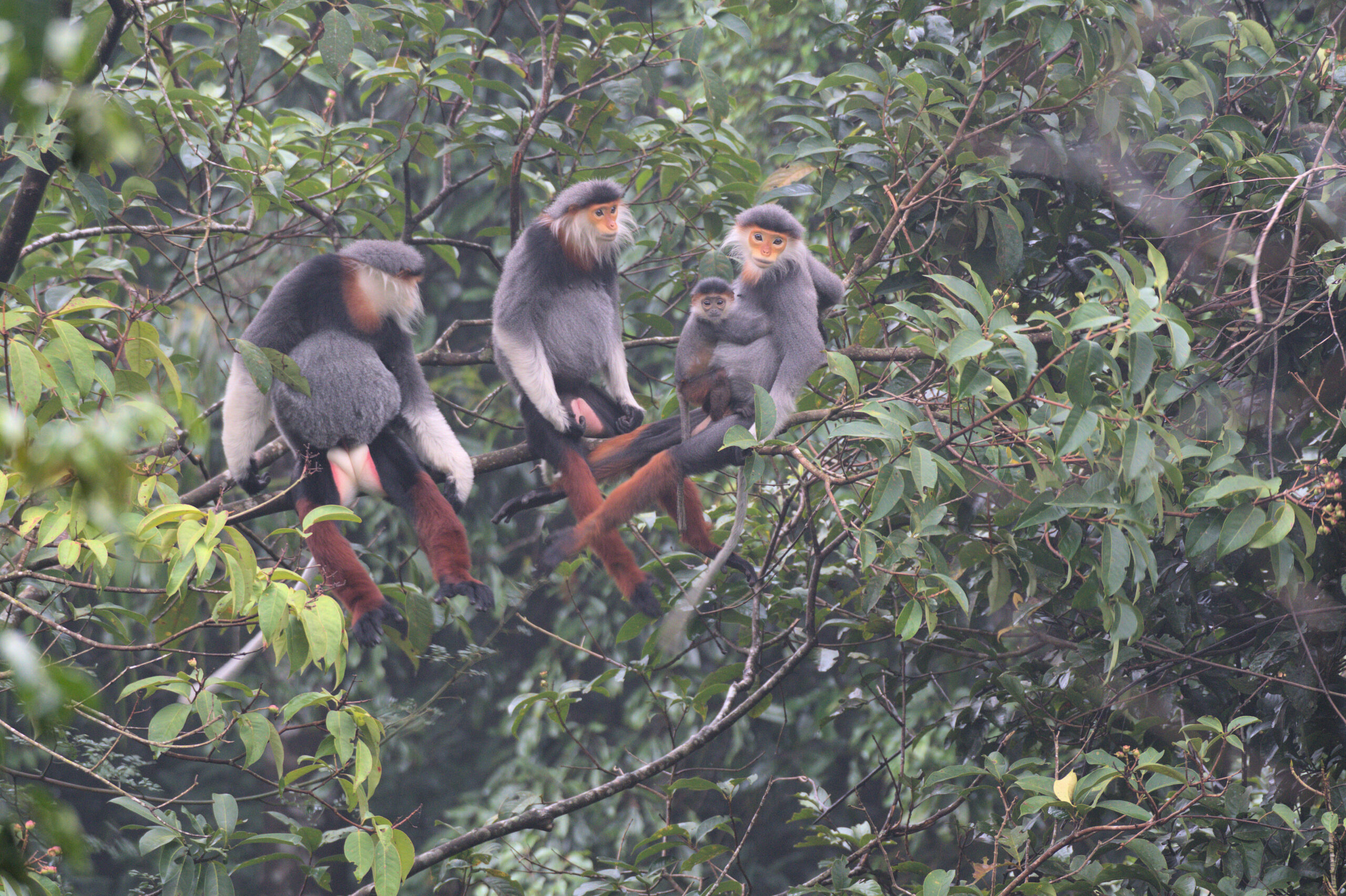
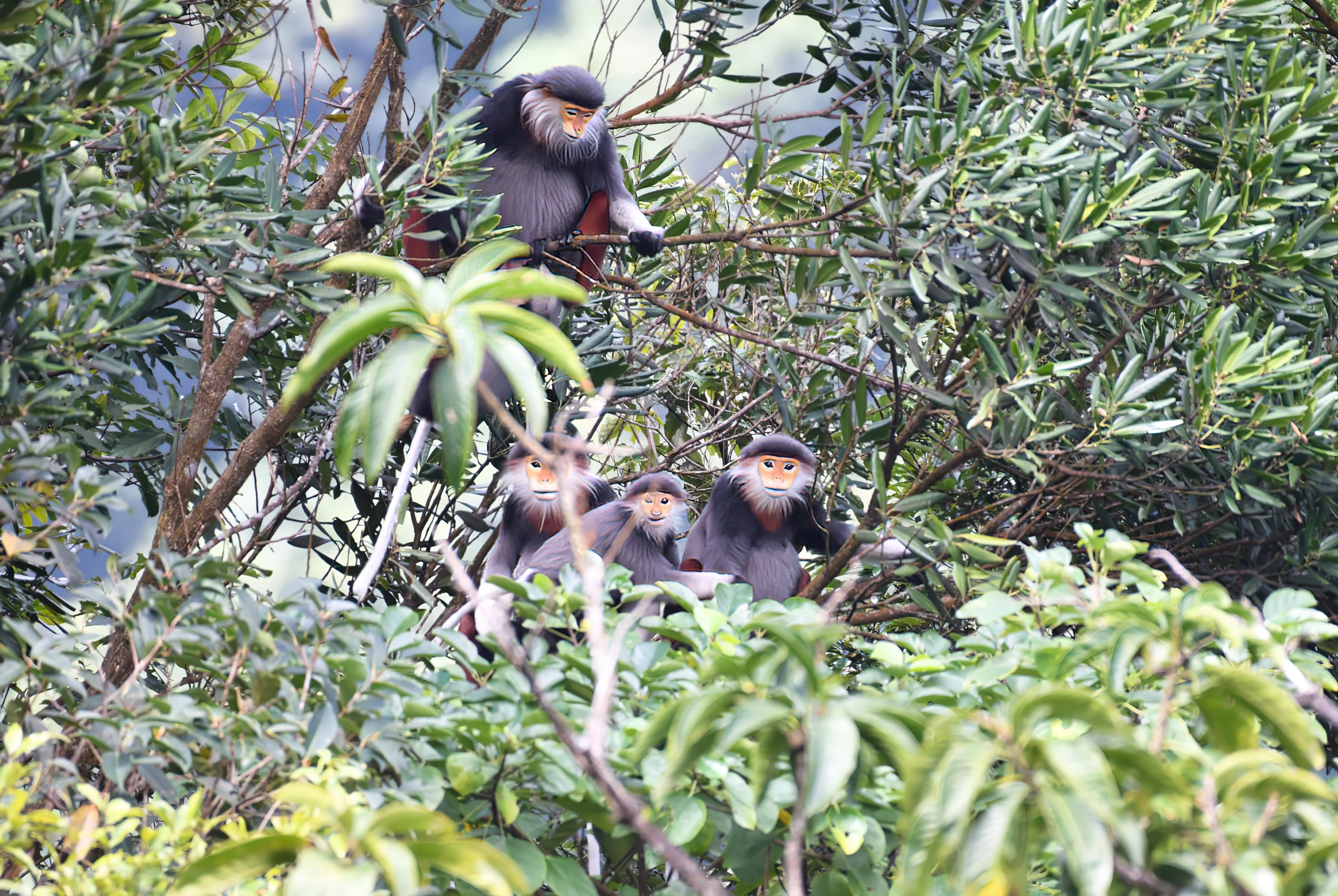
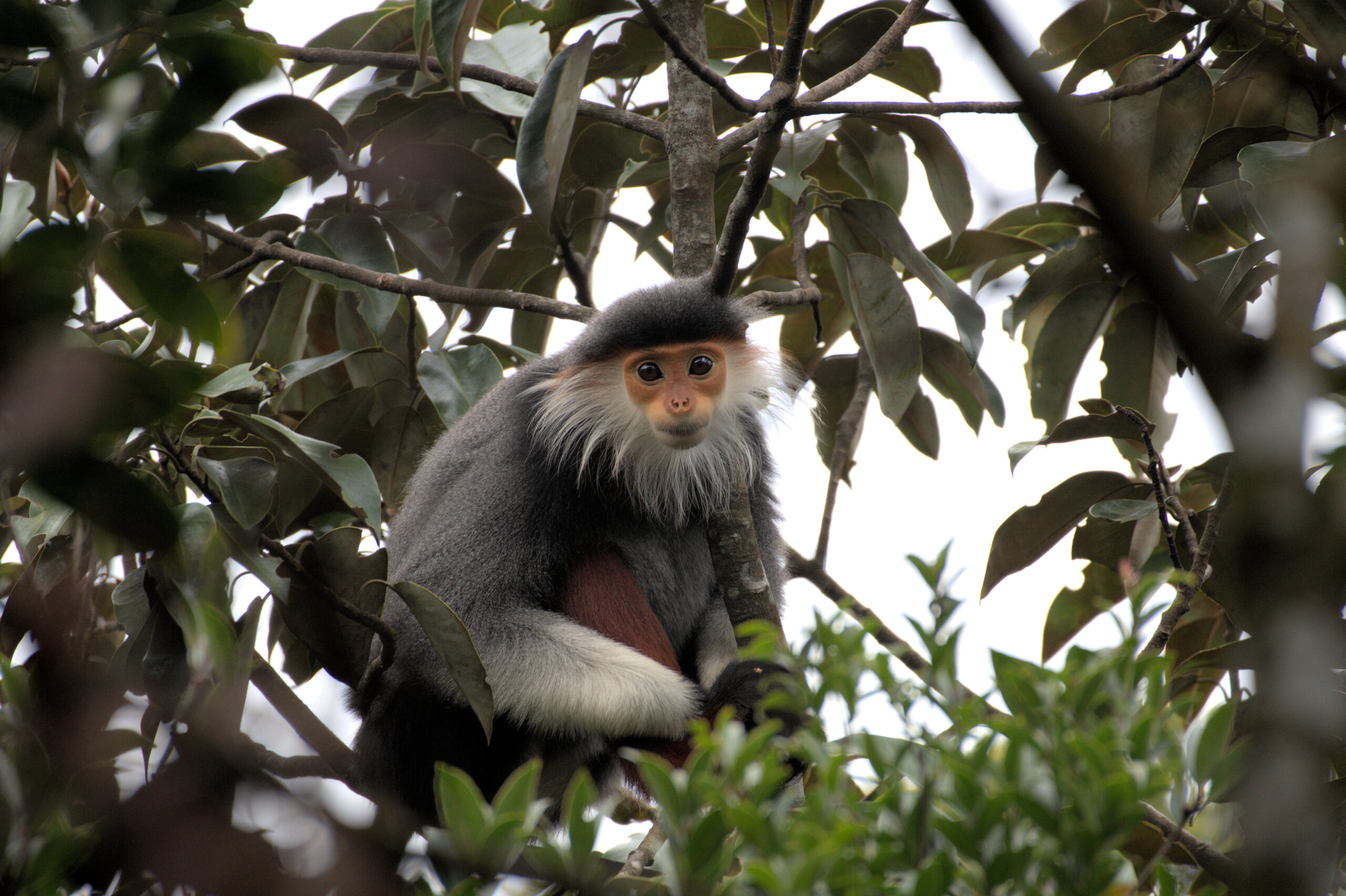
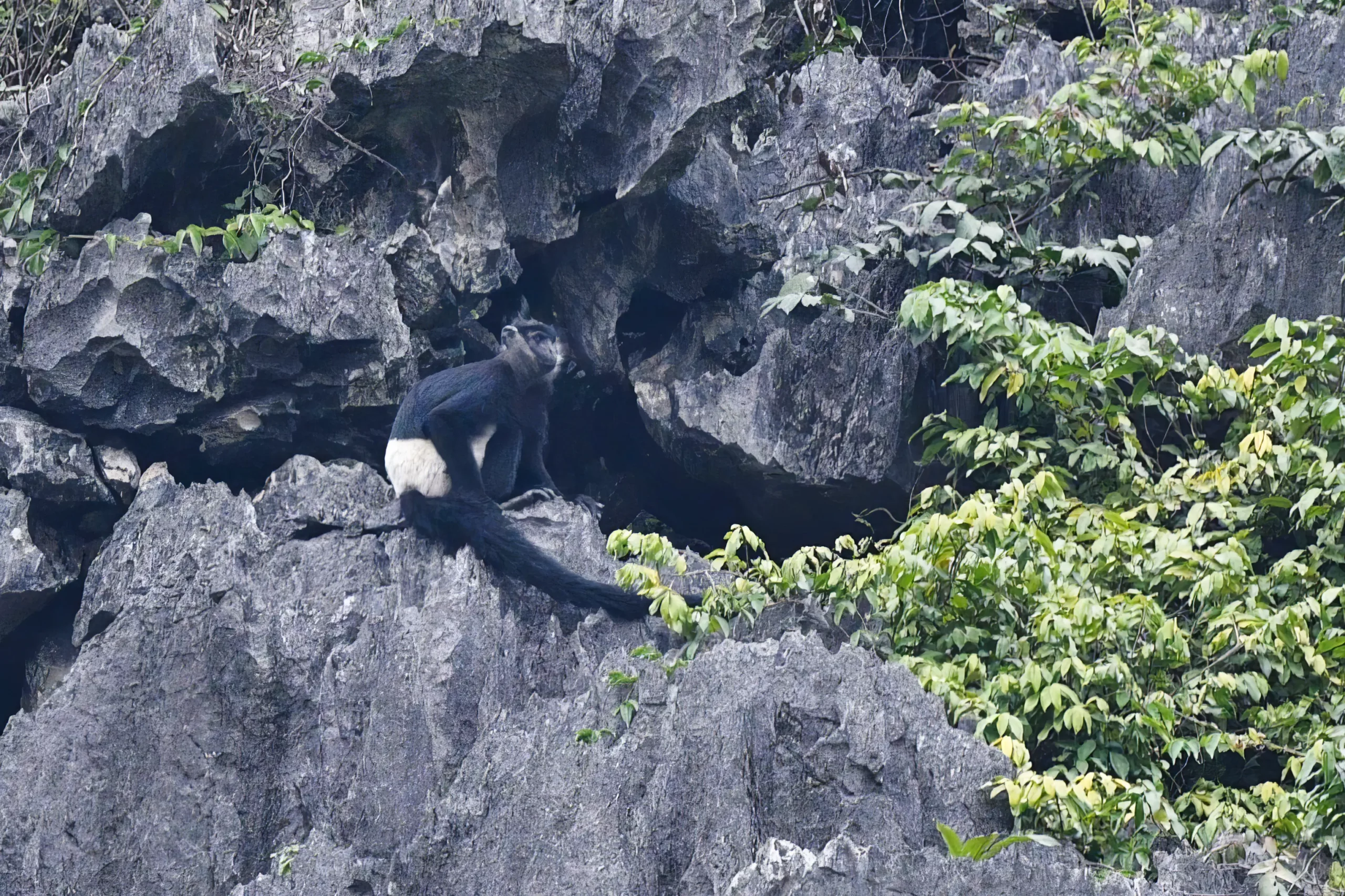
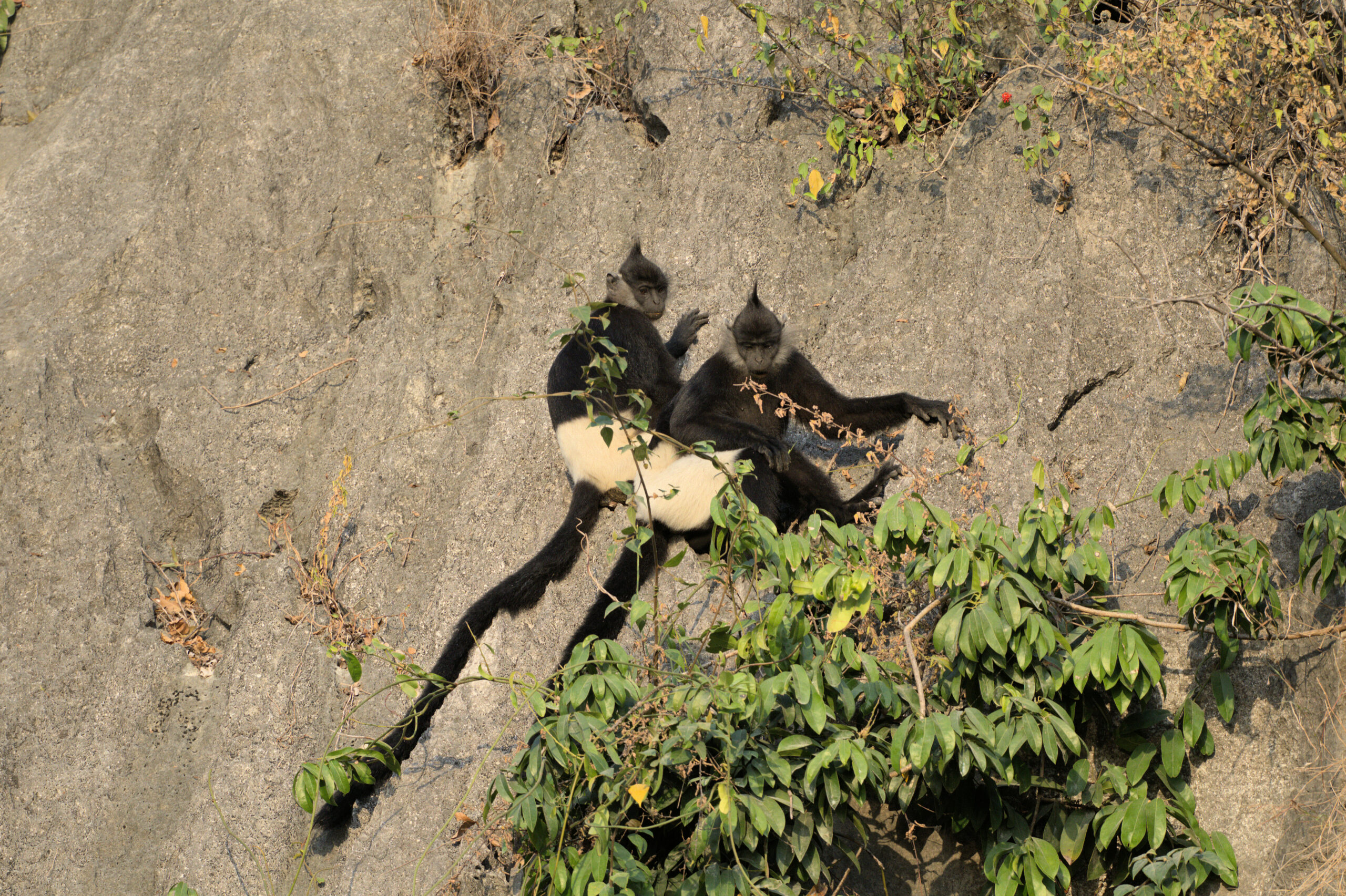
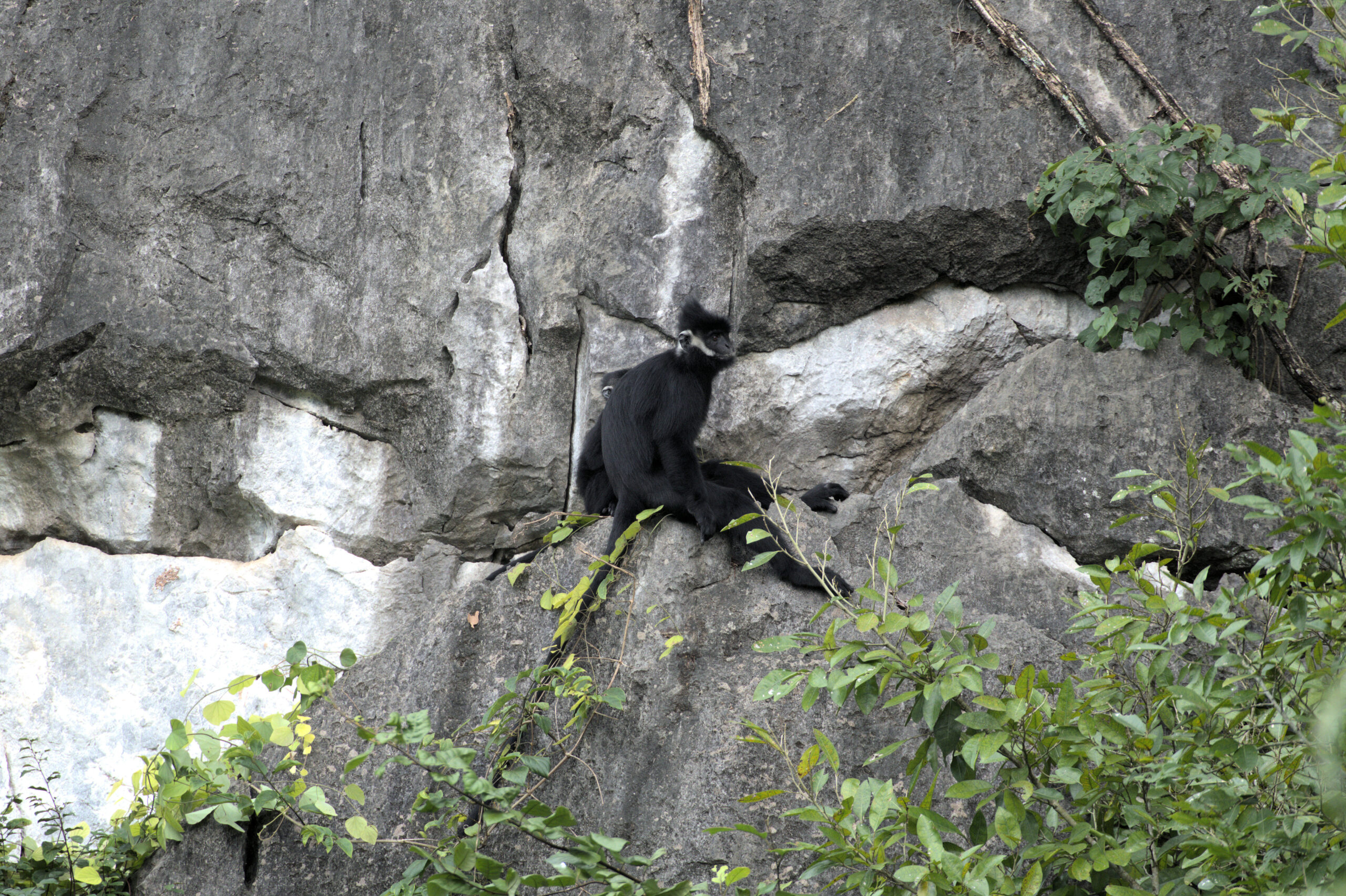
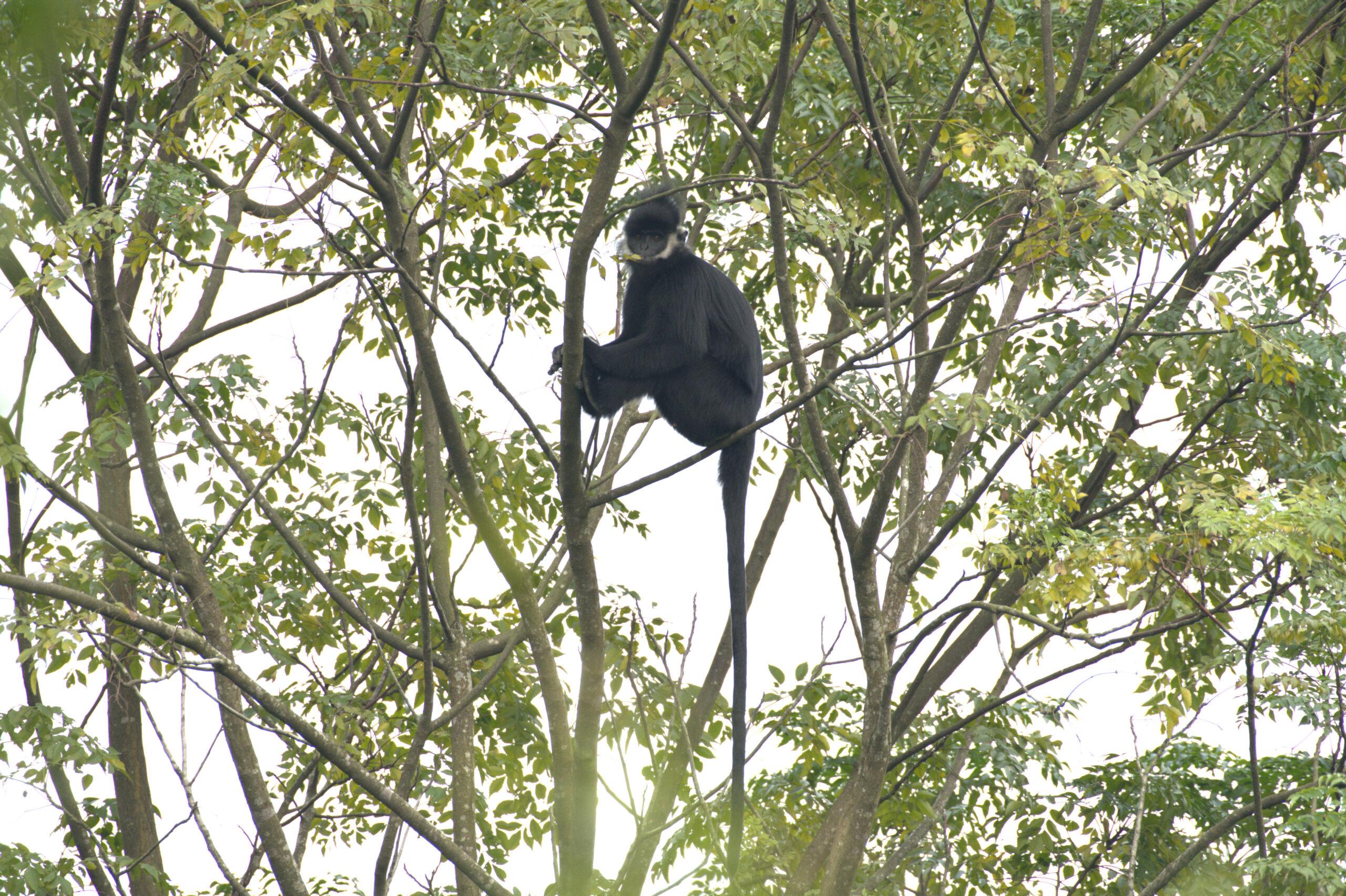

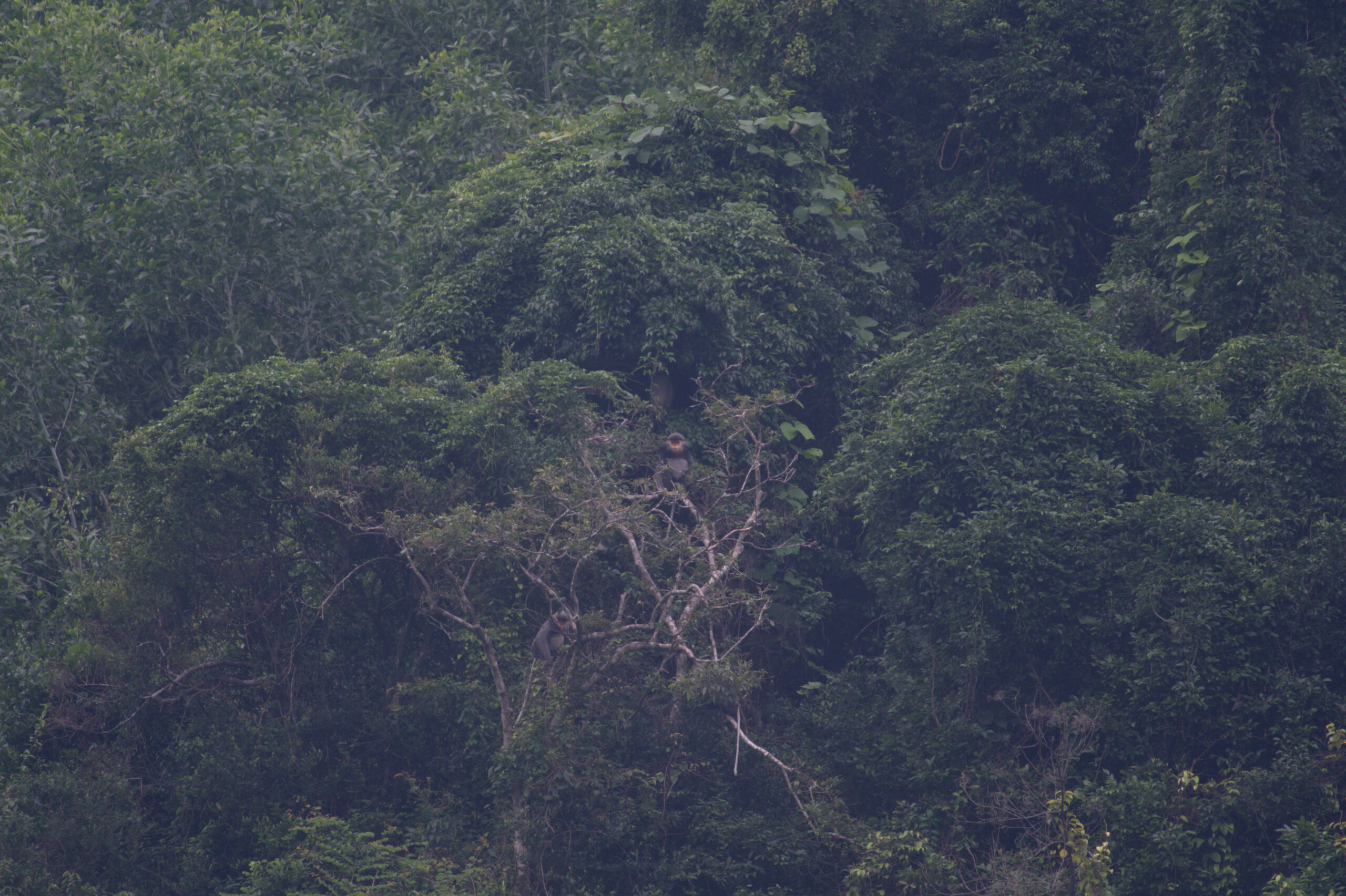
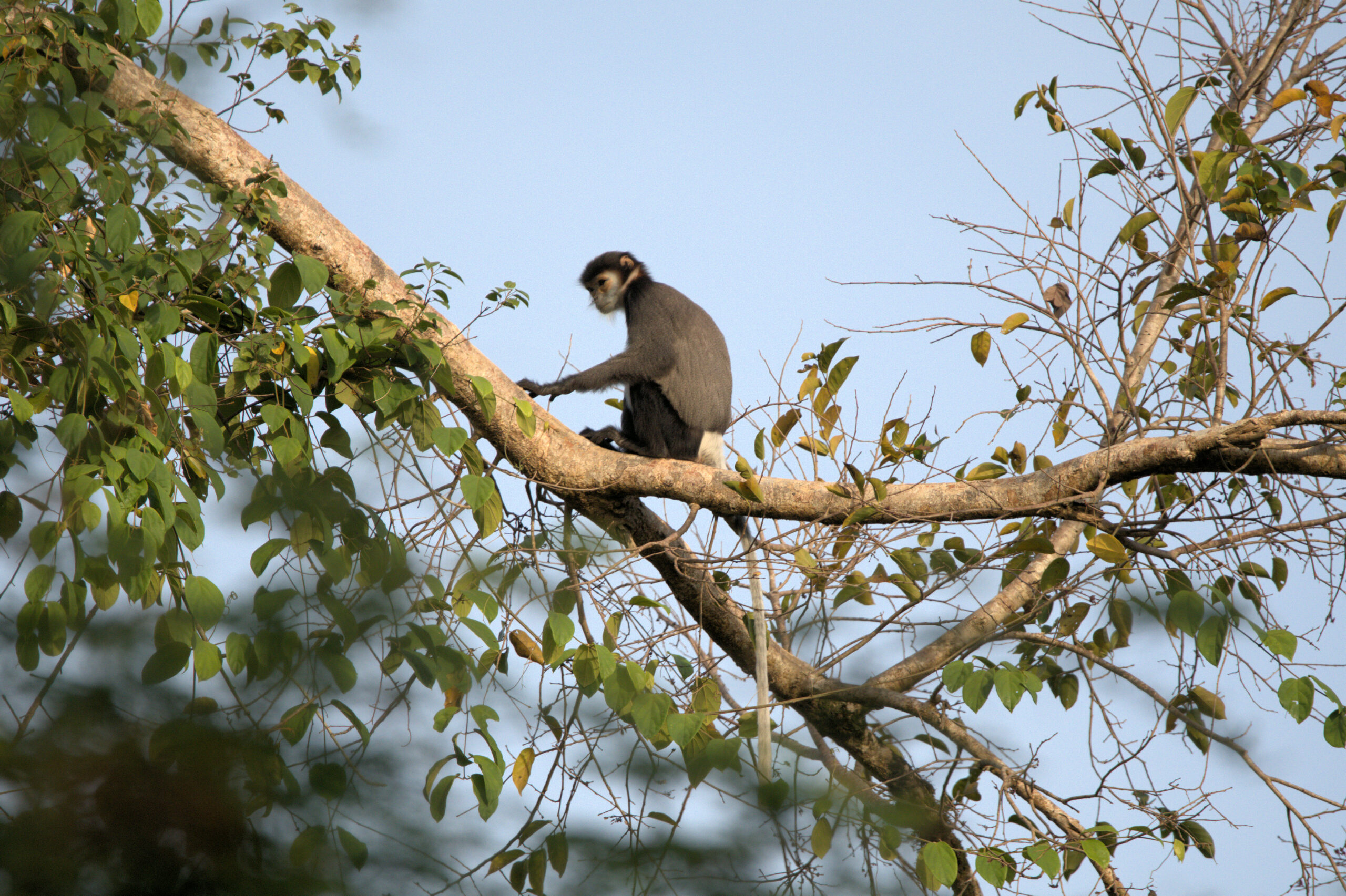
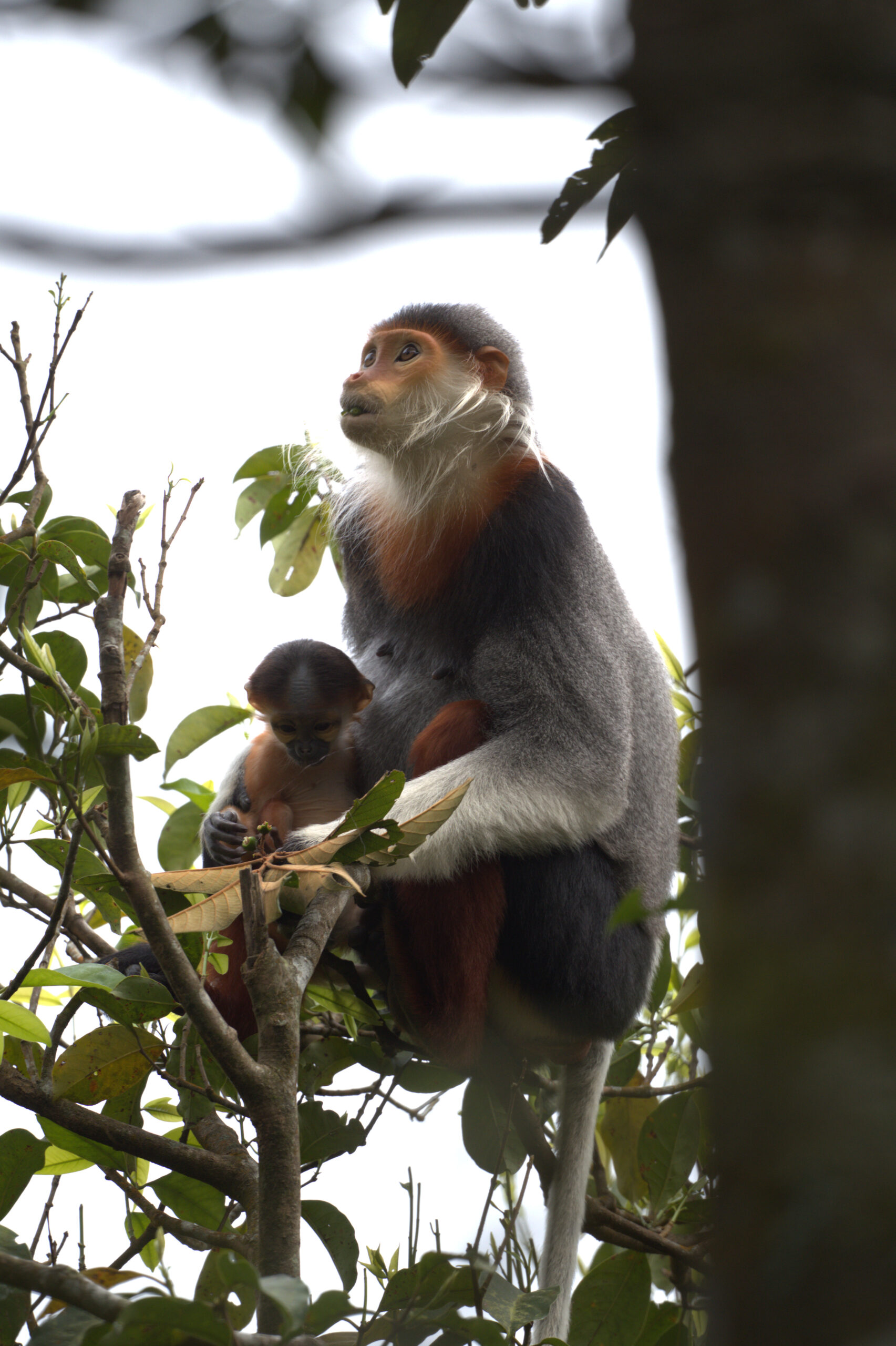
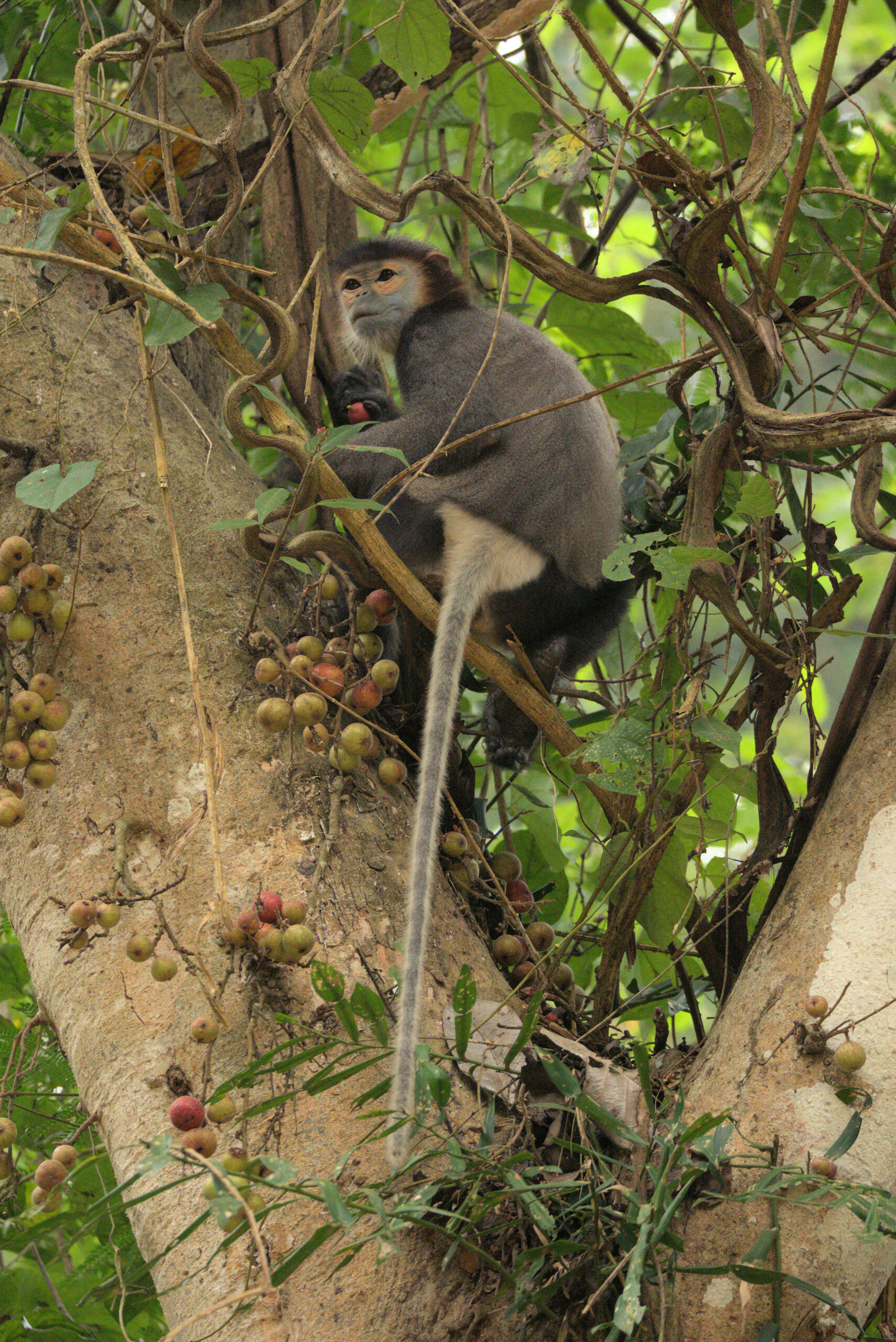
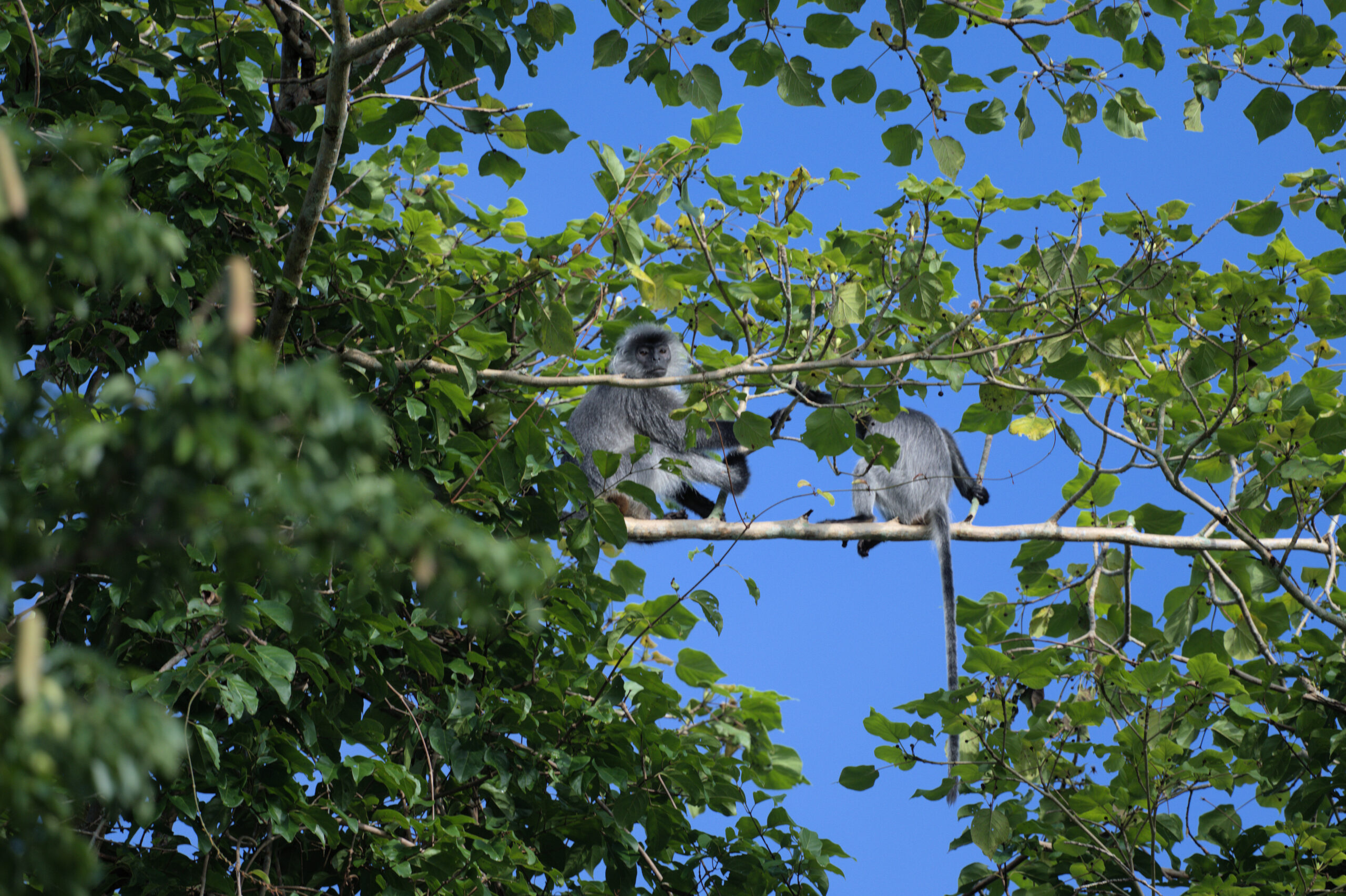
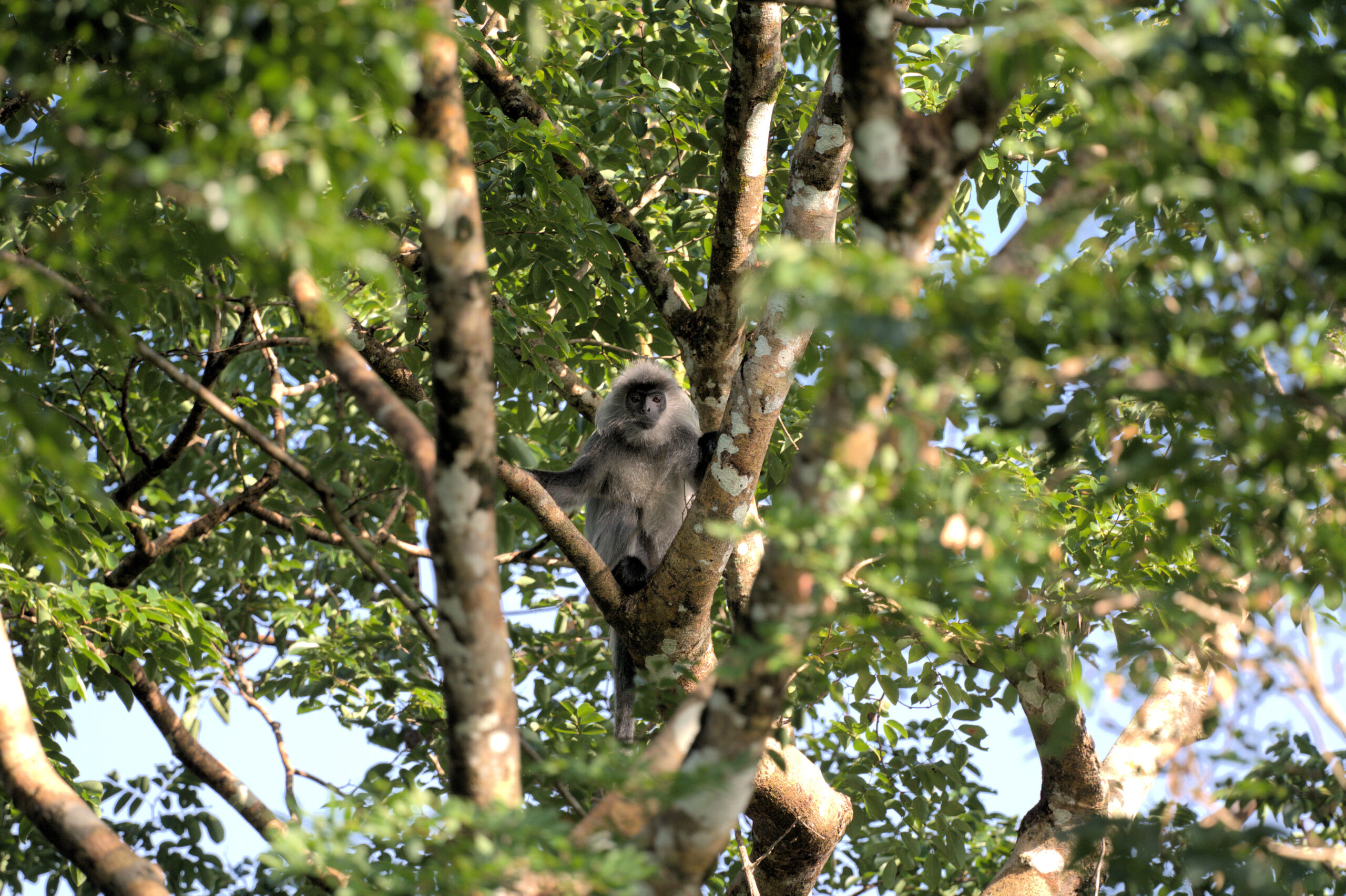
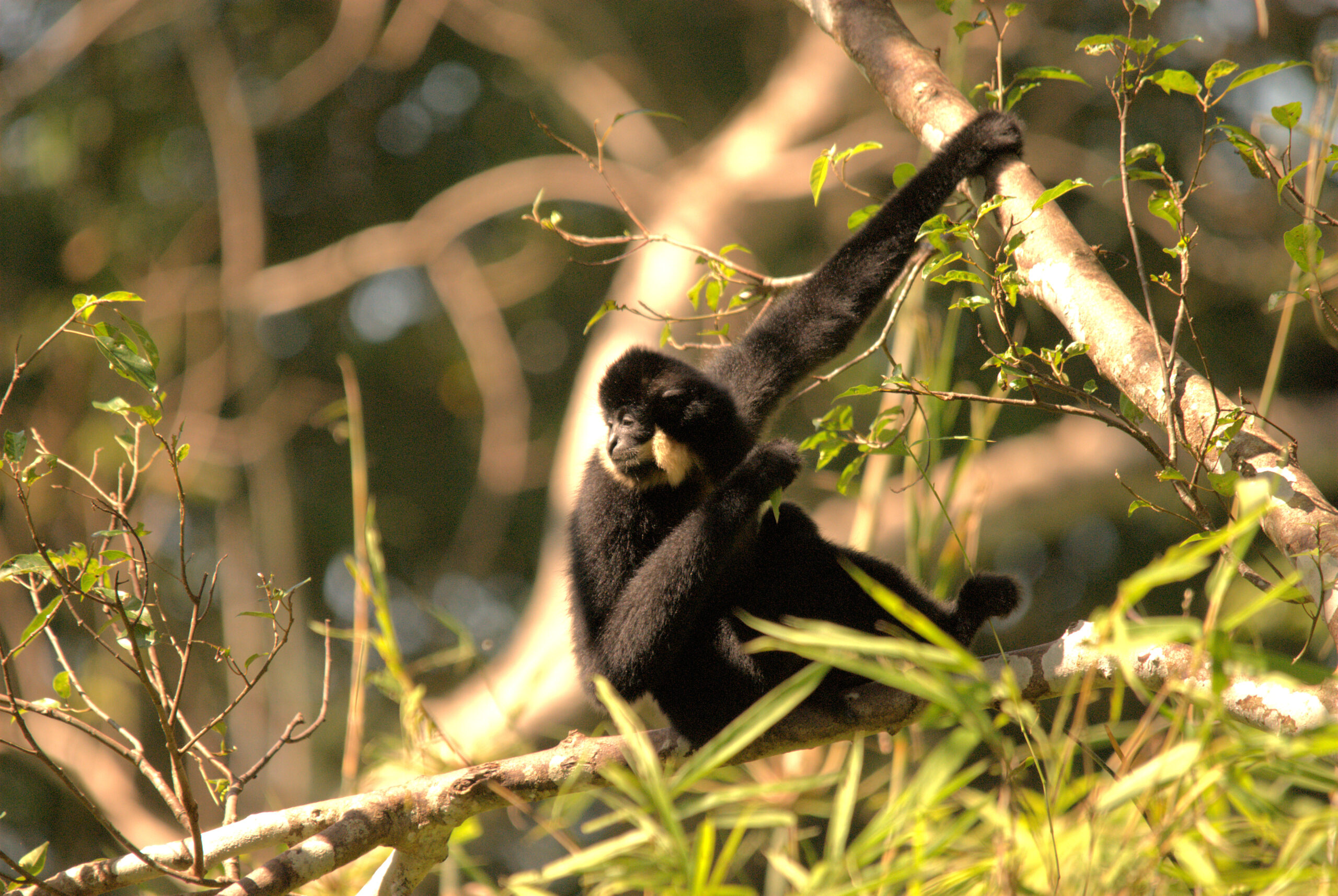
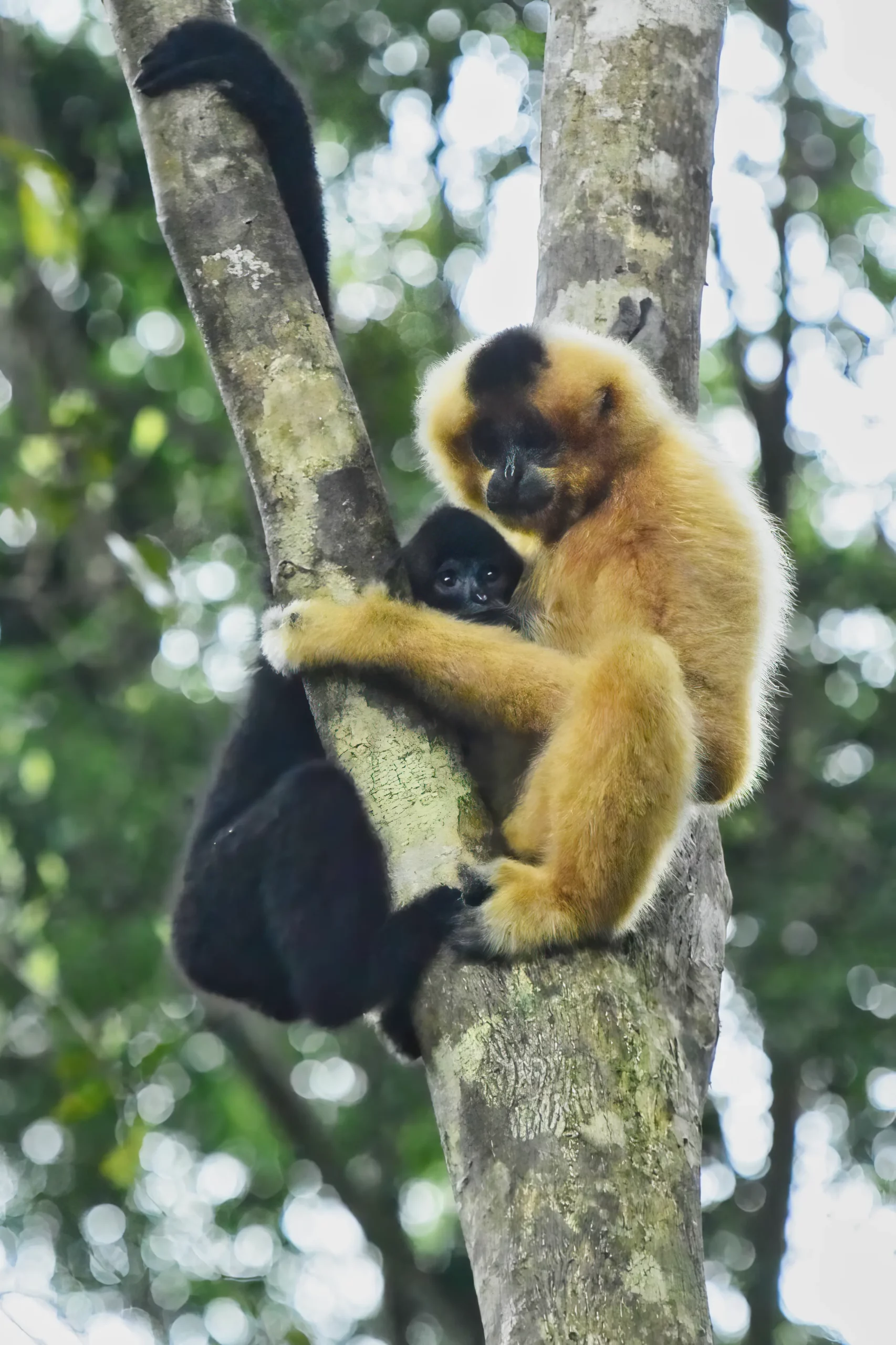
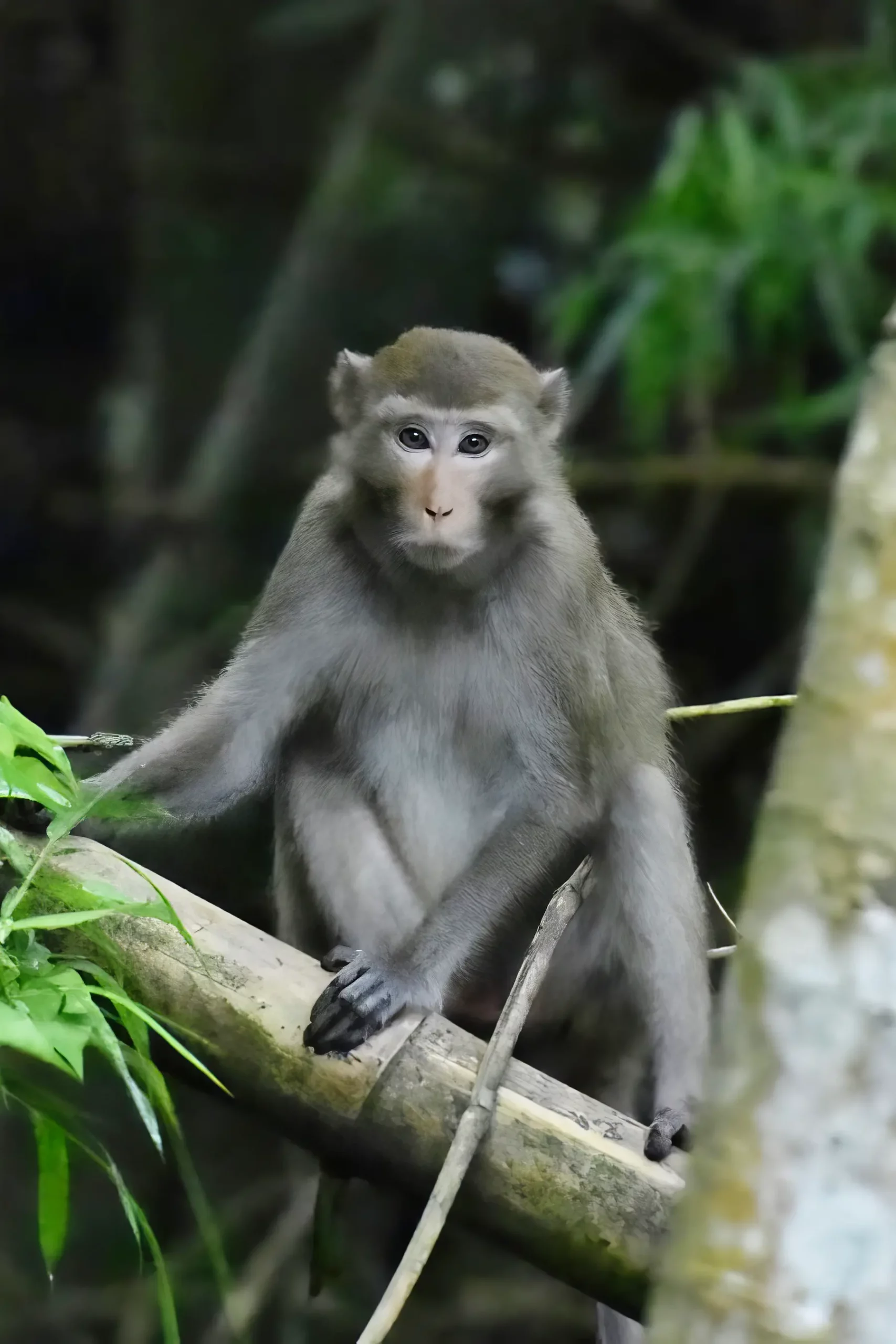
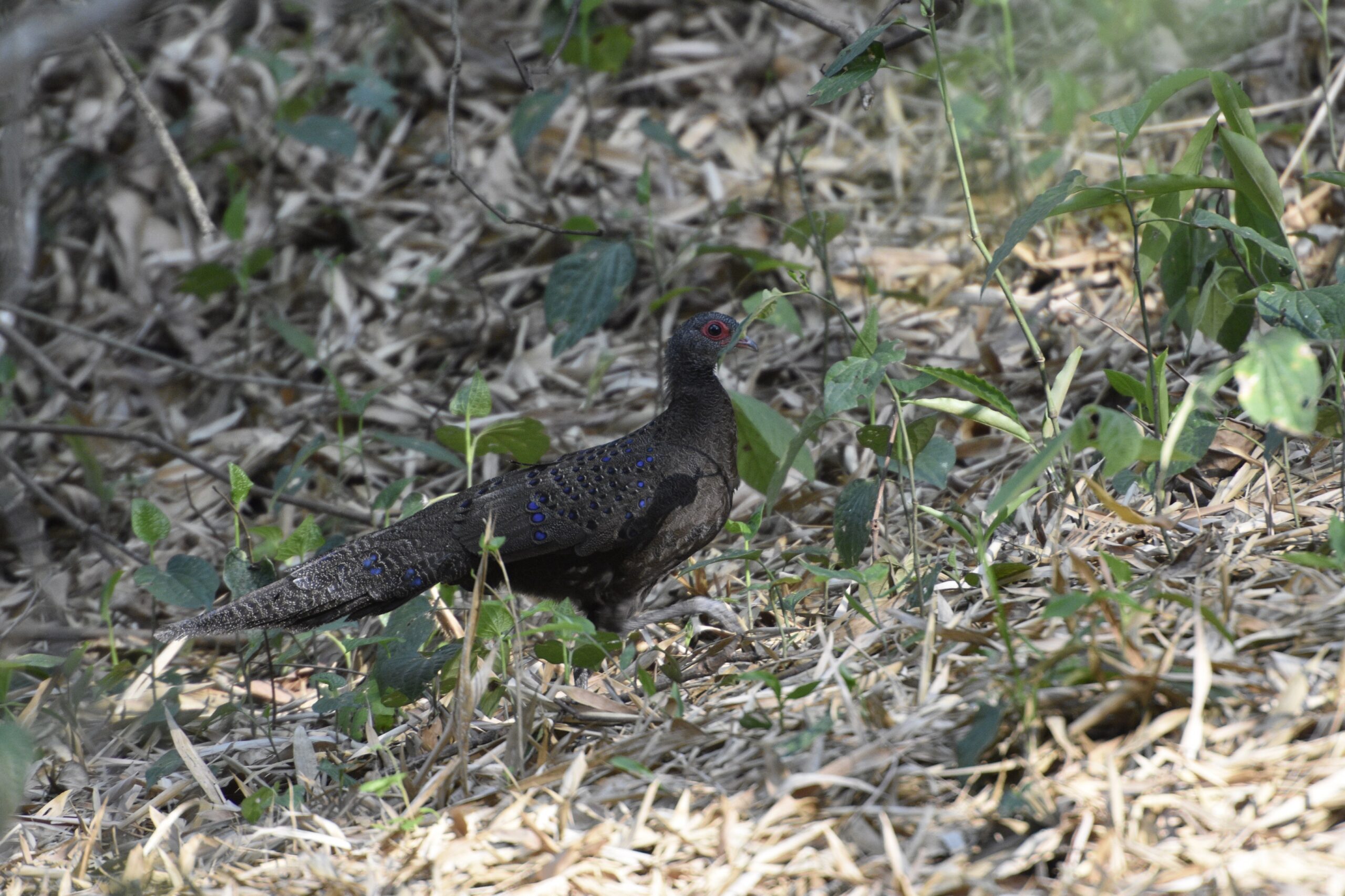
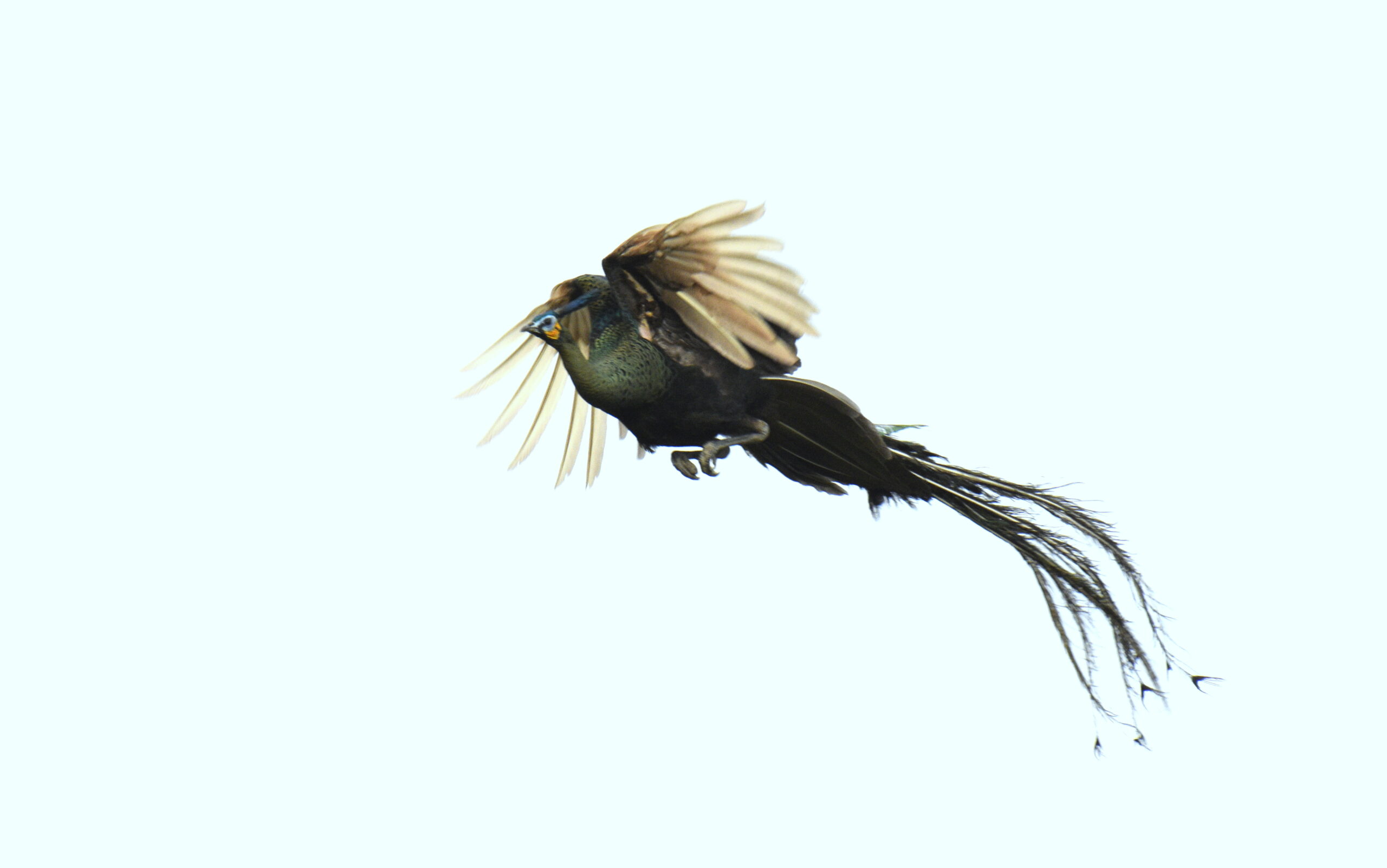
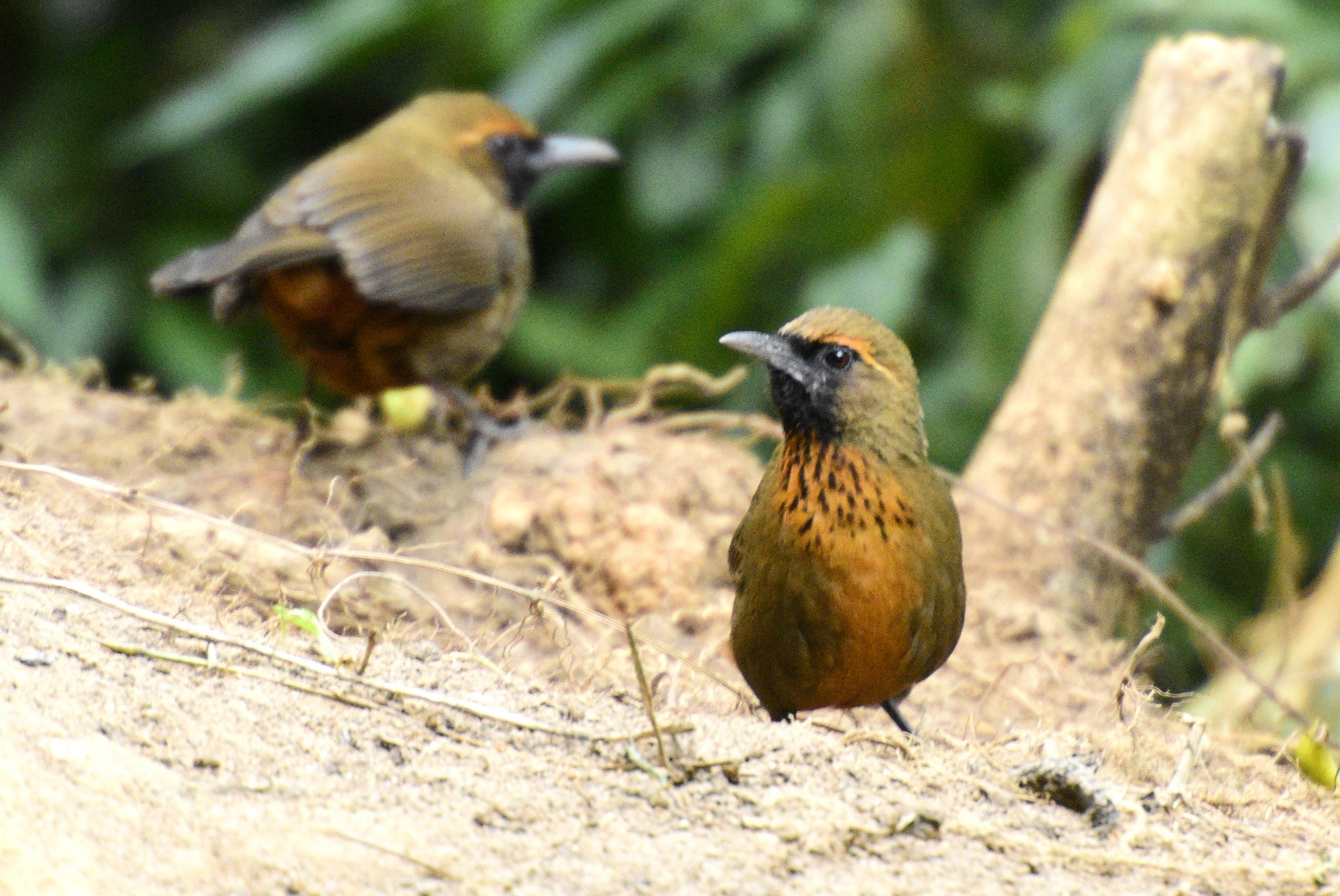
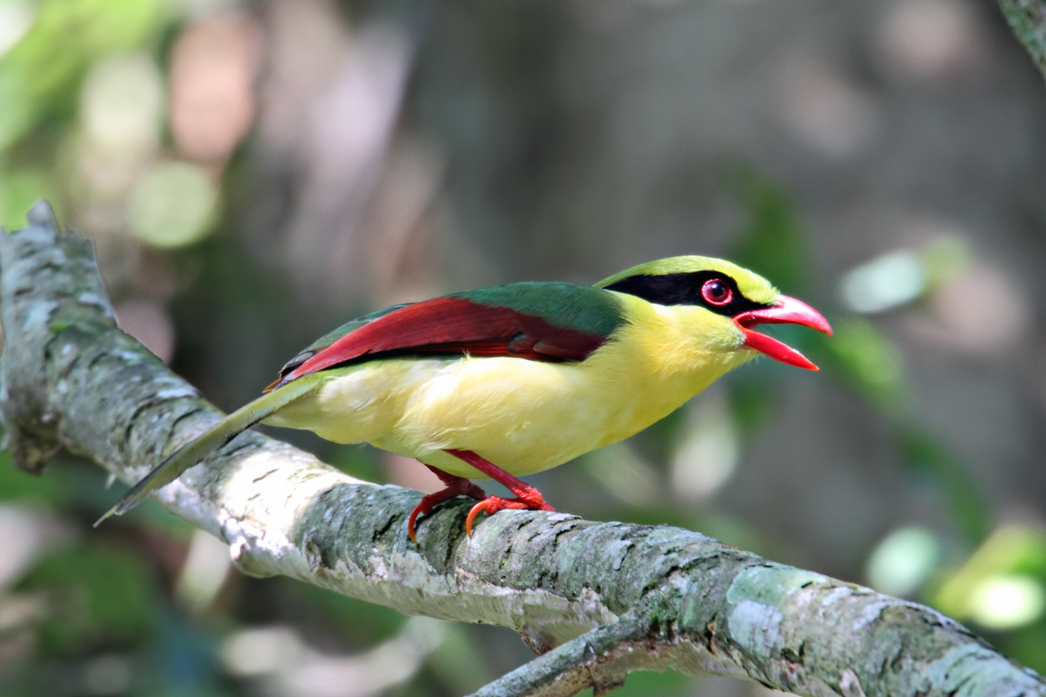
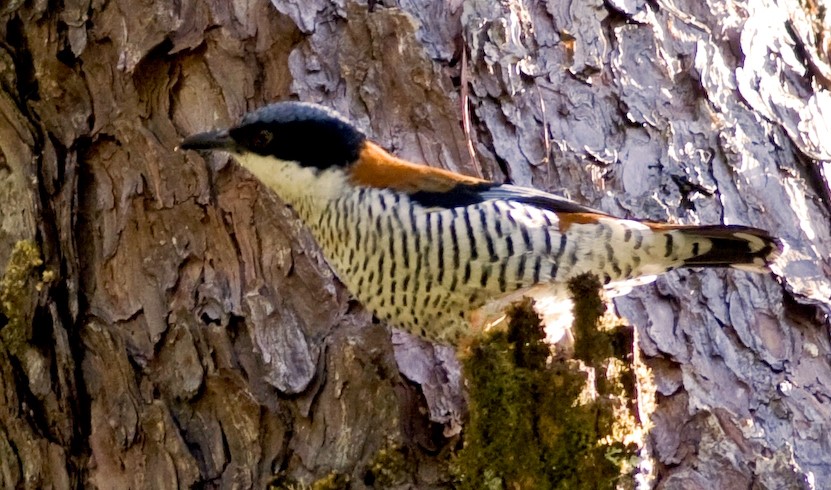

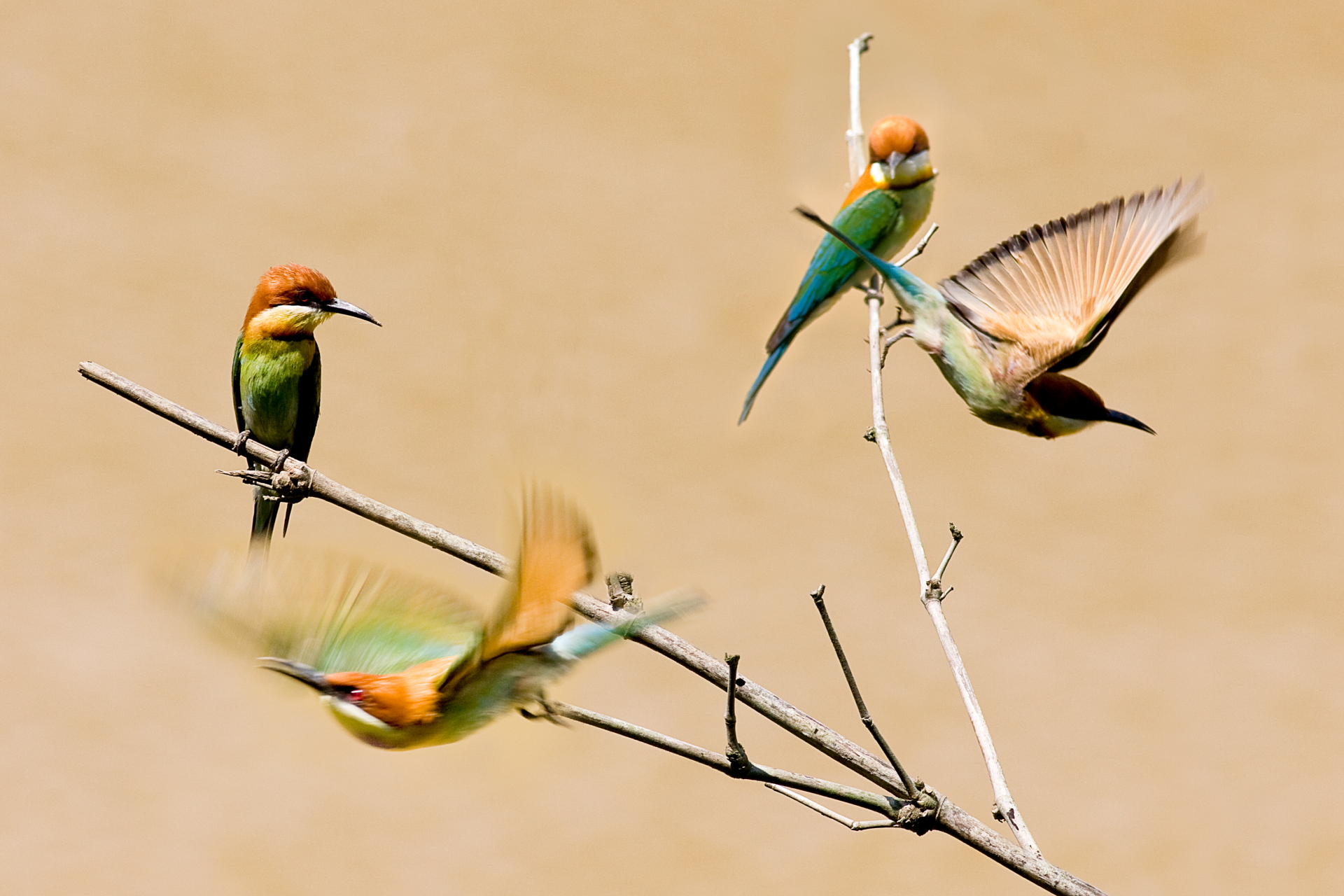
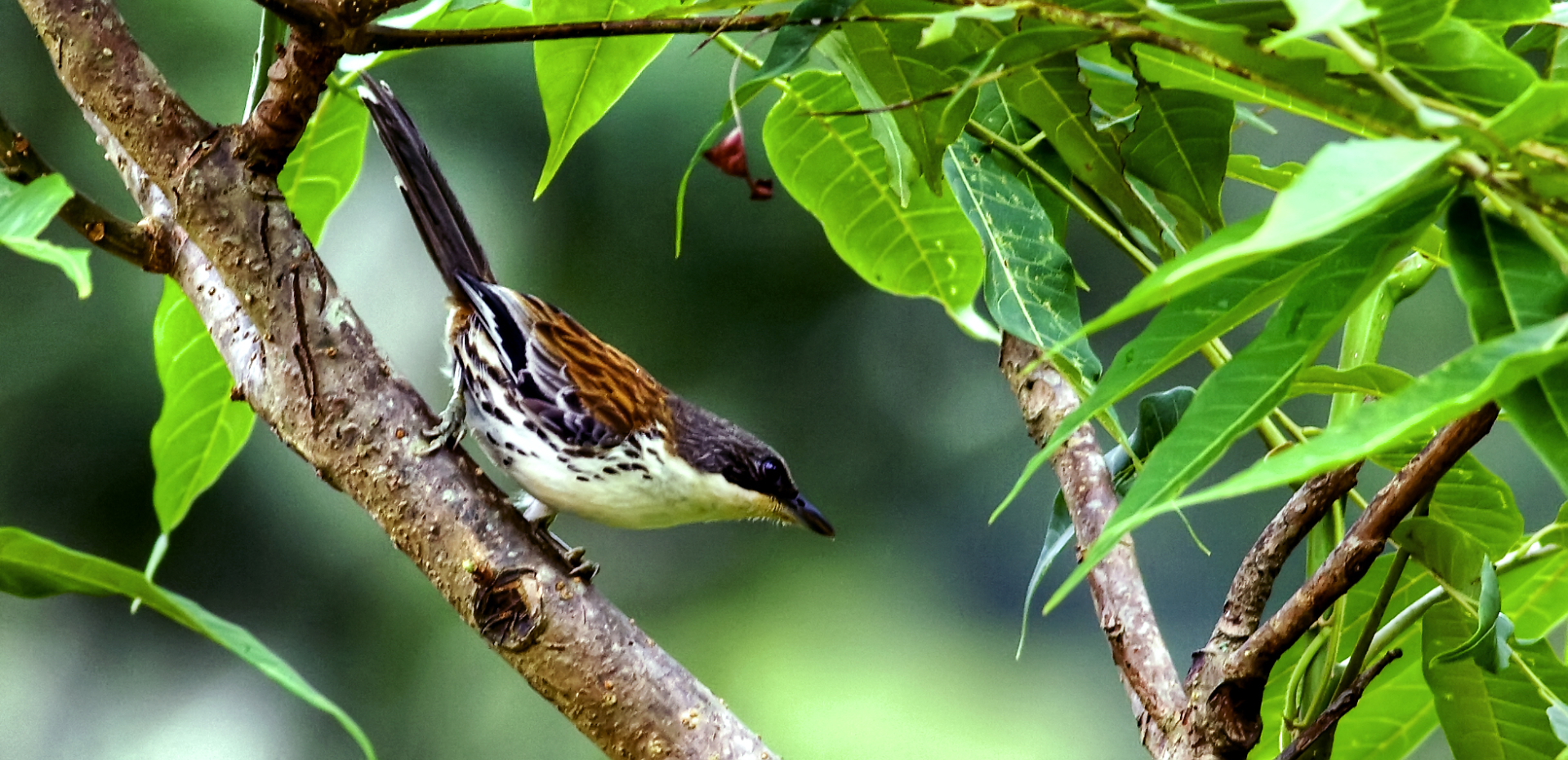
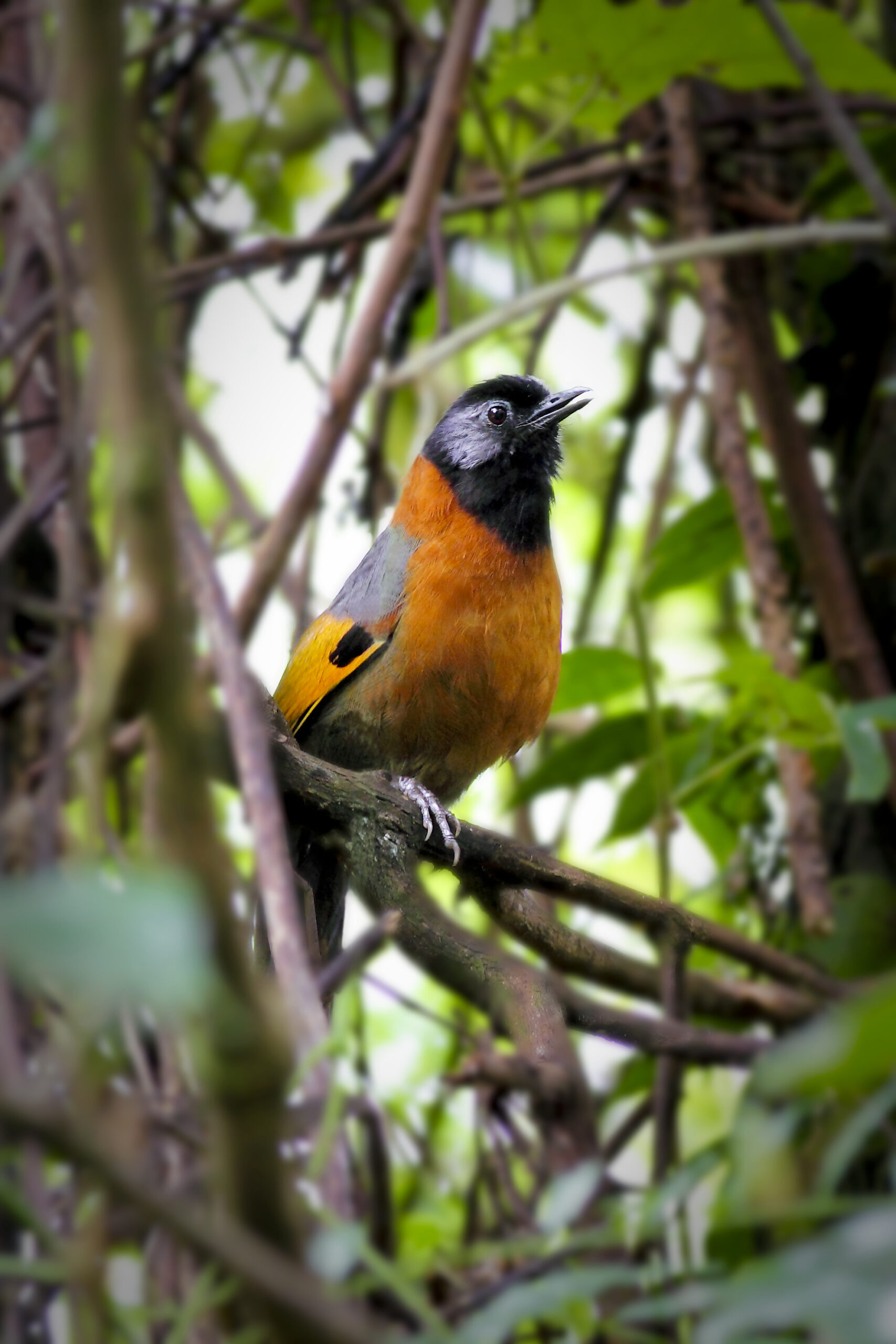
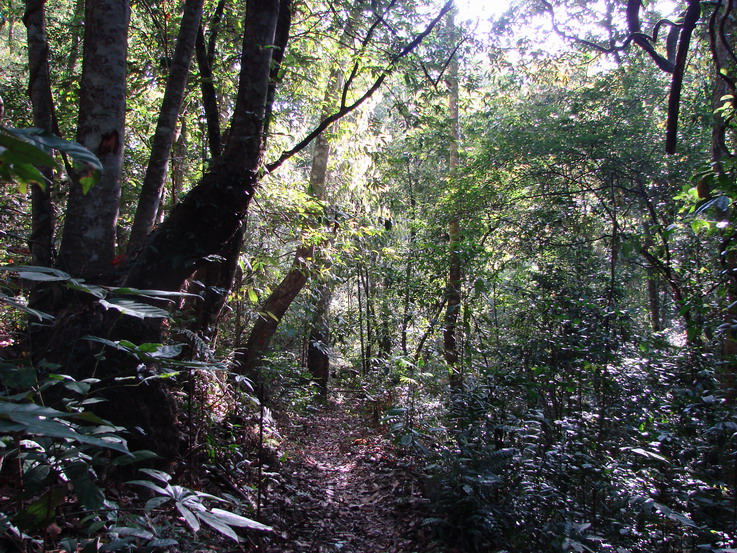
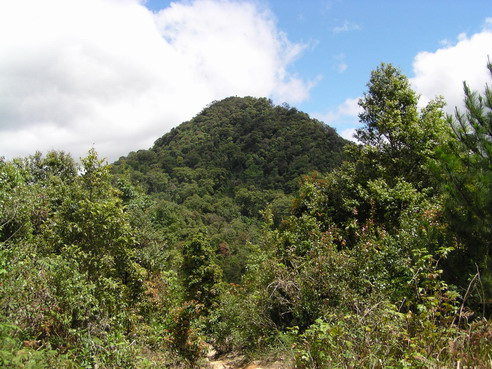




























Ask About This Tour
If you have any questions about this tour, please enter your details here and we will get back to you as soon as possible.
Alternatively, contact us by email or phone. We look forward to hearing from you!
- 0117 965 8333
- [email protected]
Or complete the contact form and we will endeavour to get back to you as soon as possible.
* = required field
